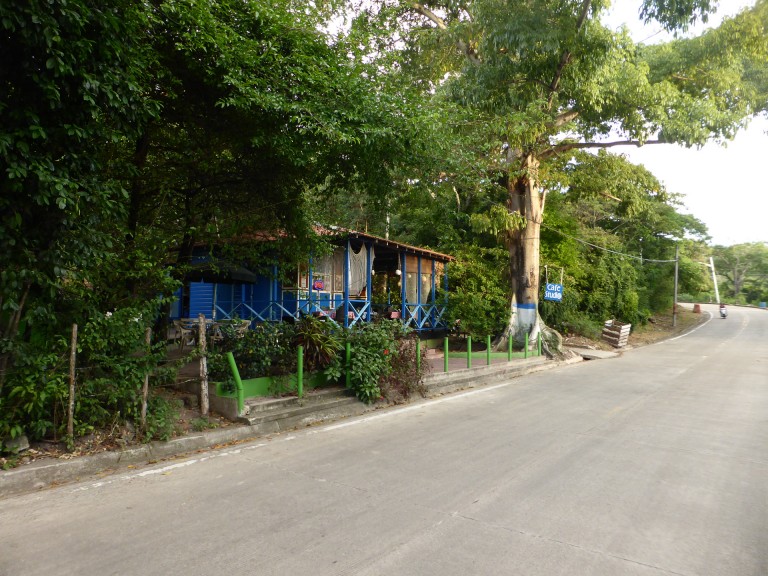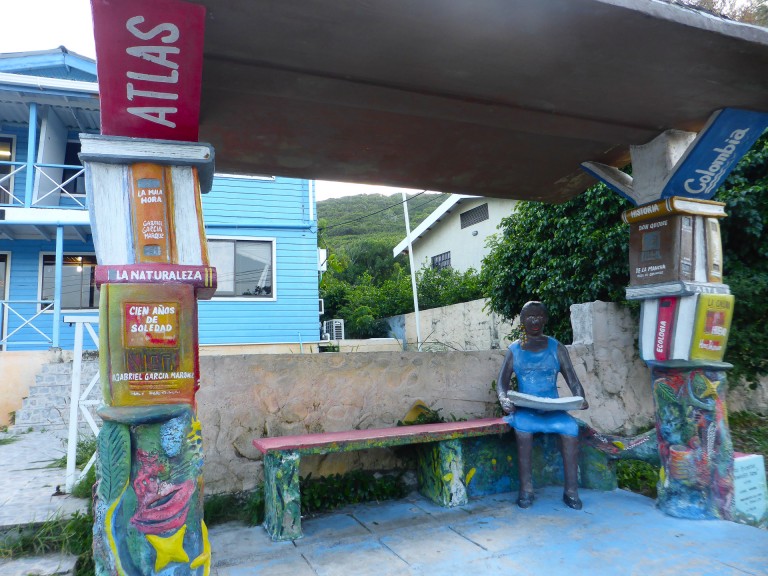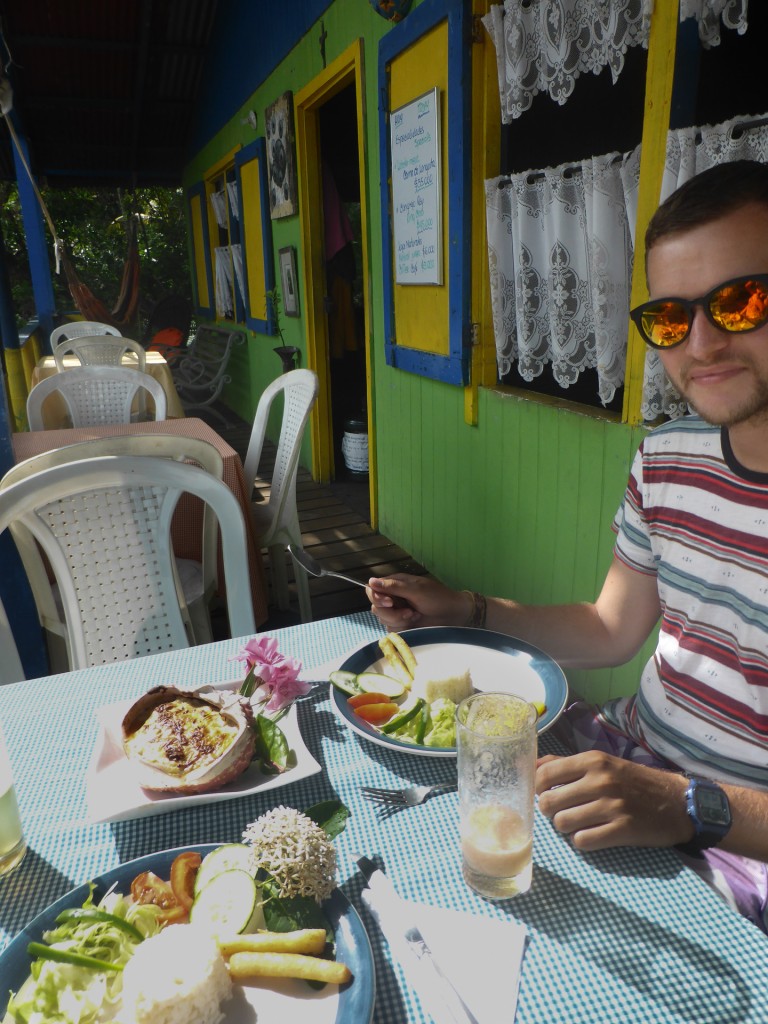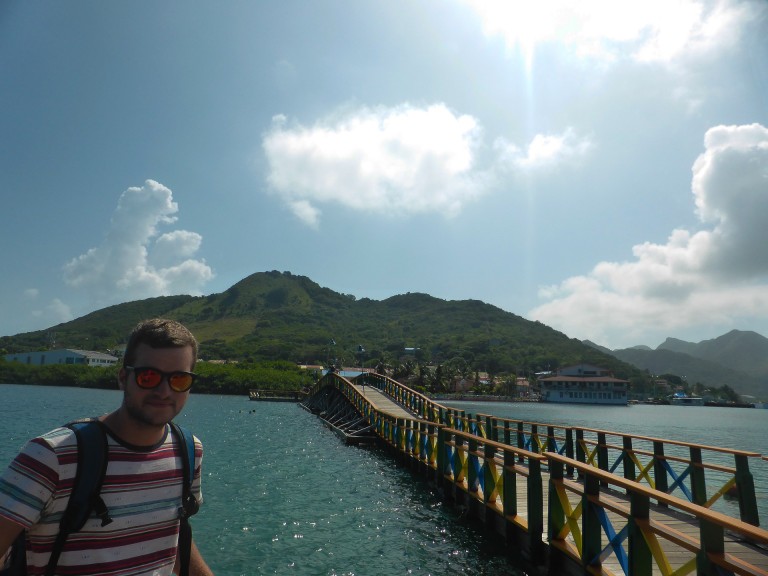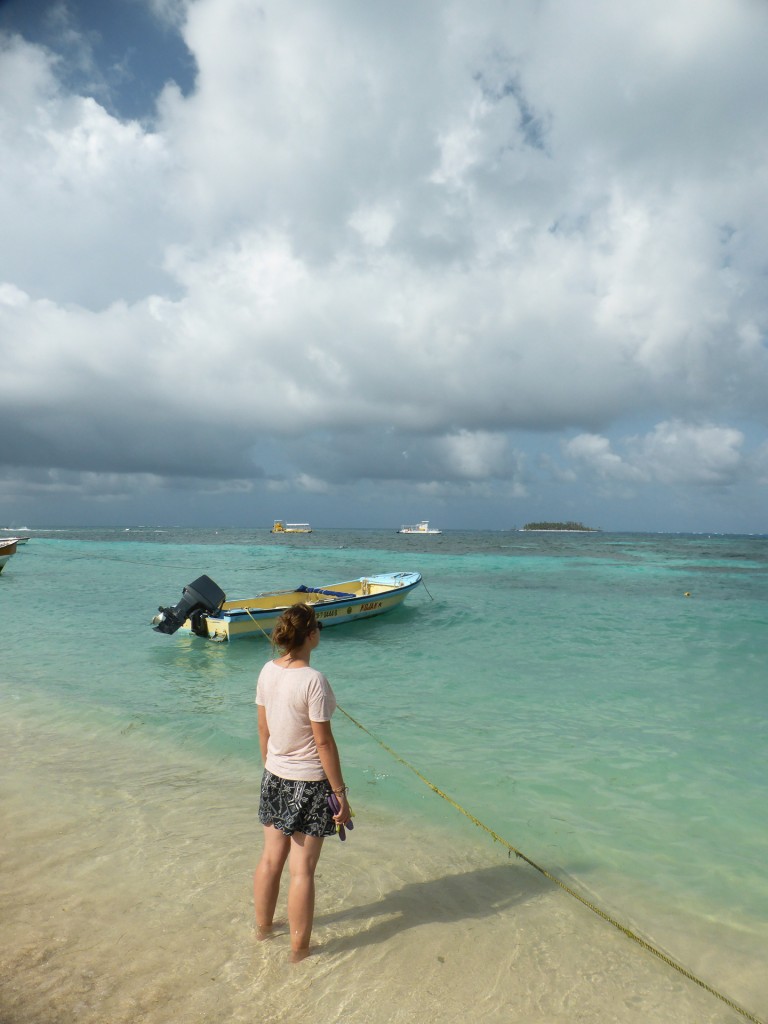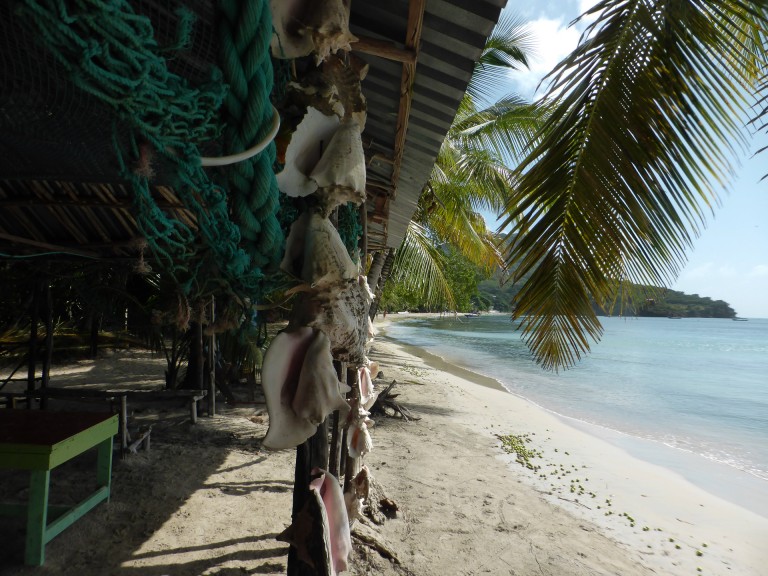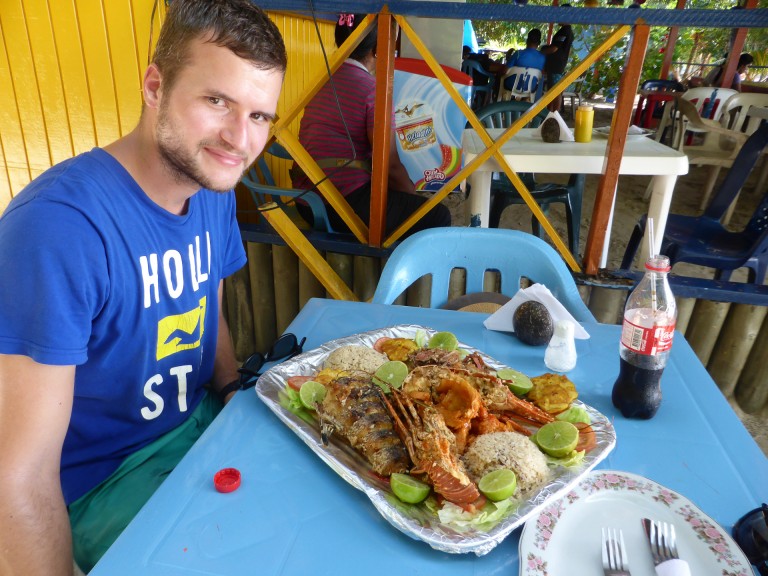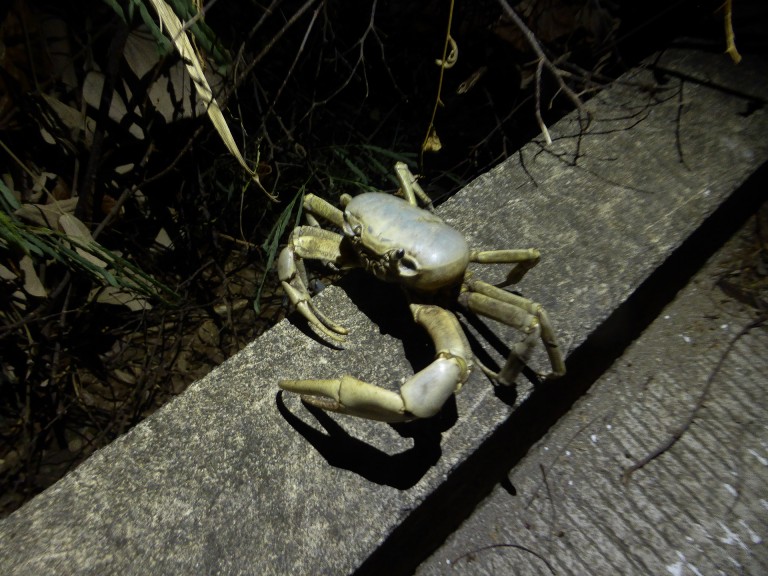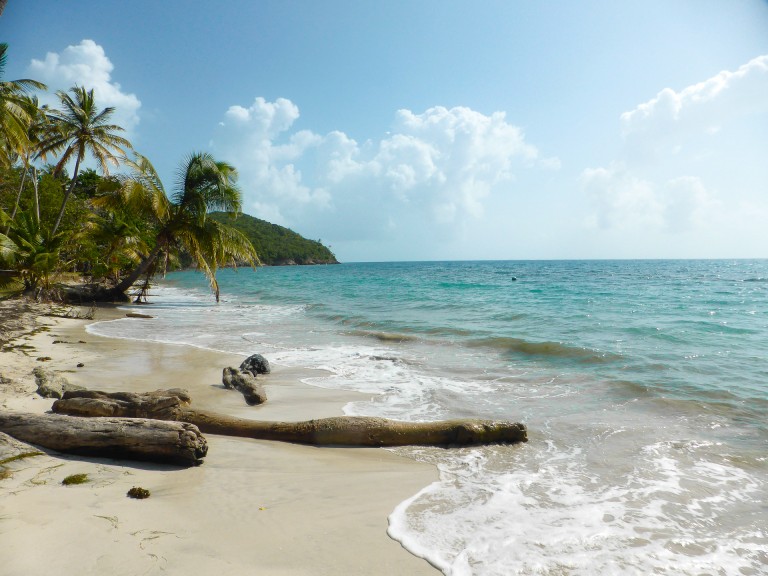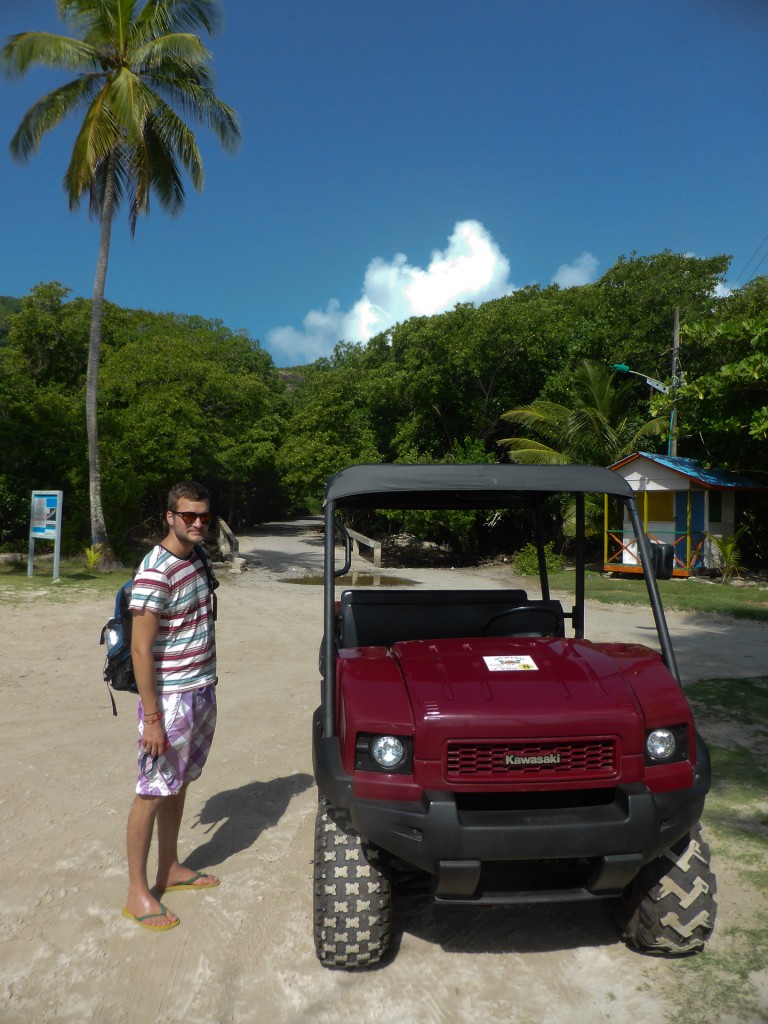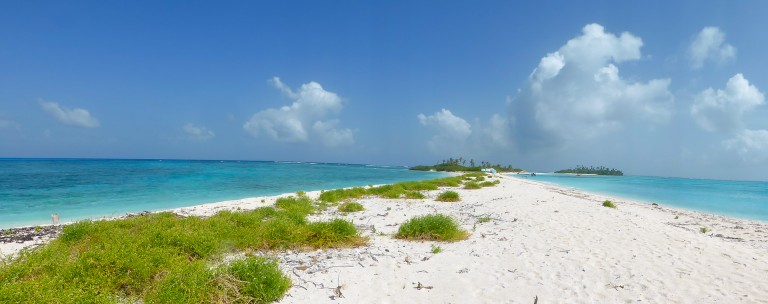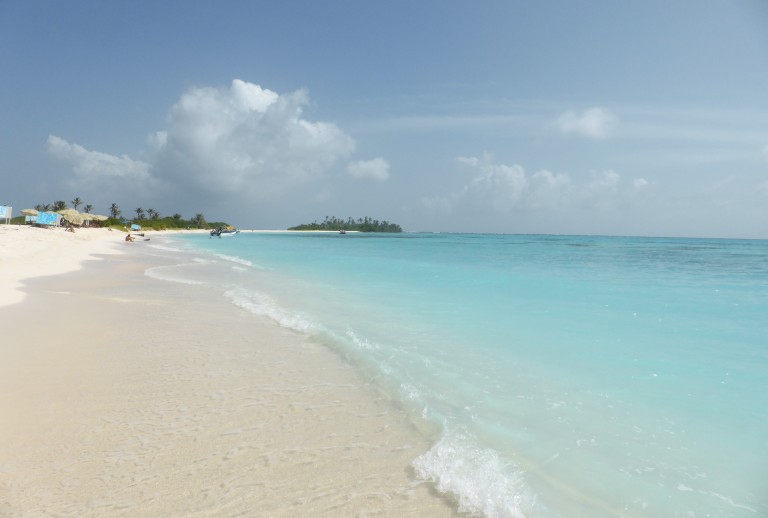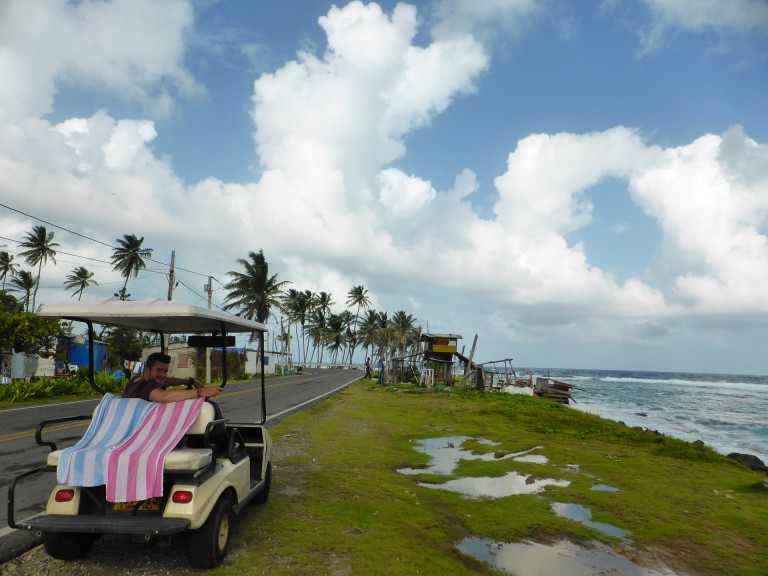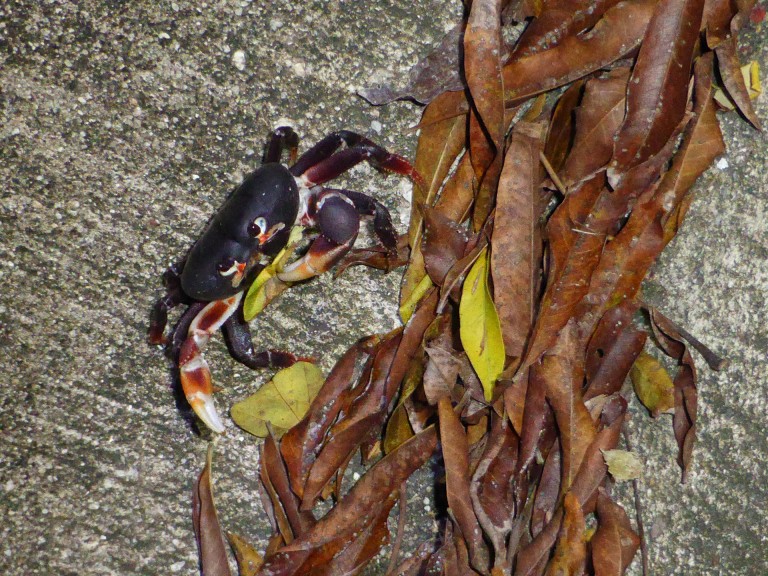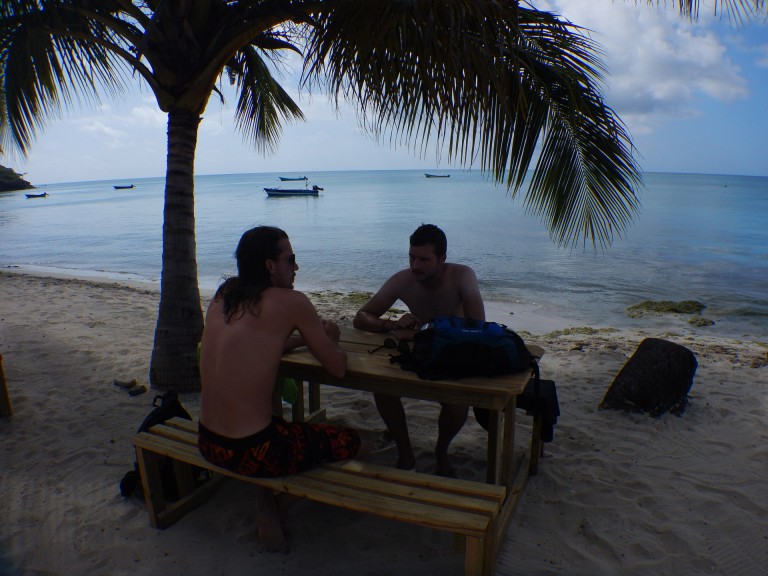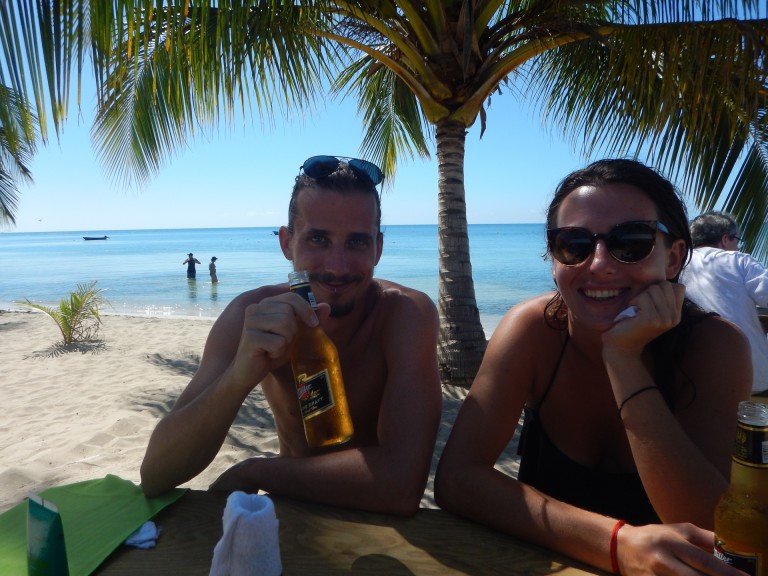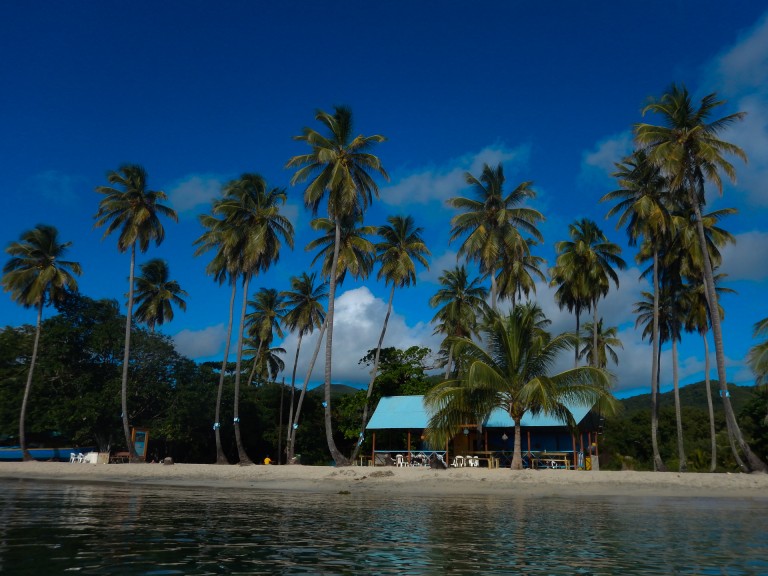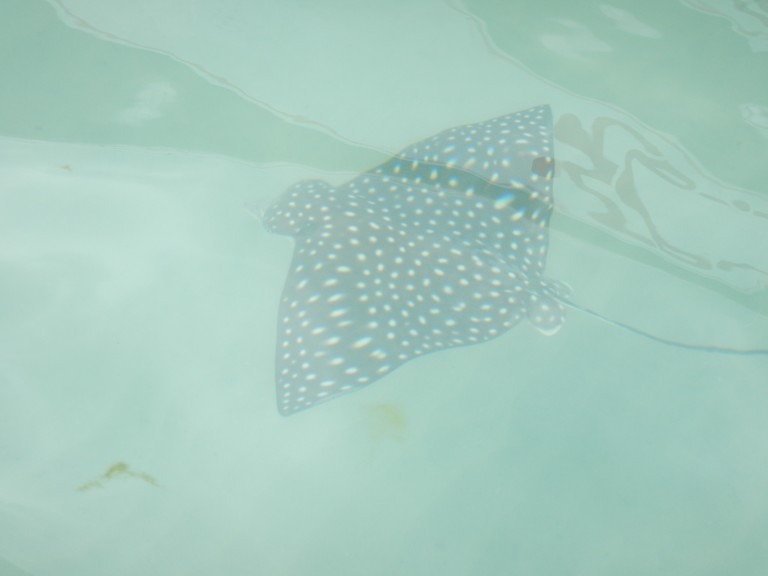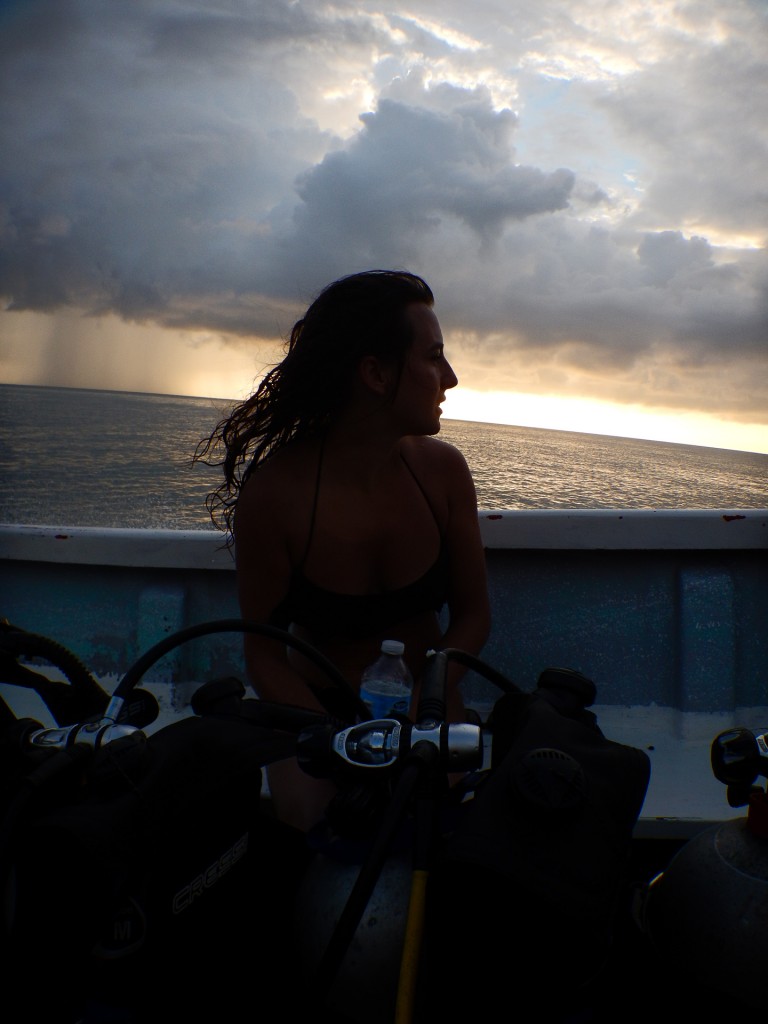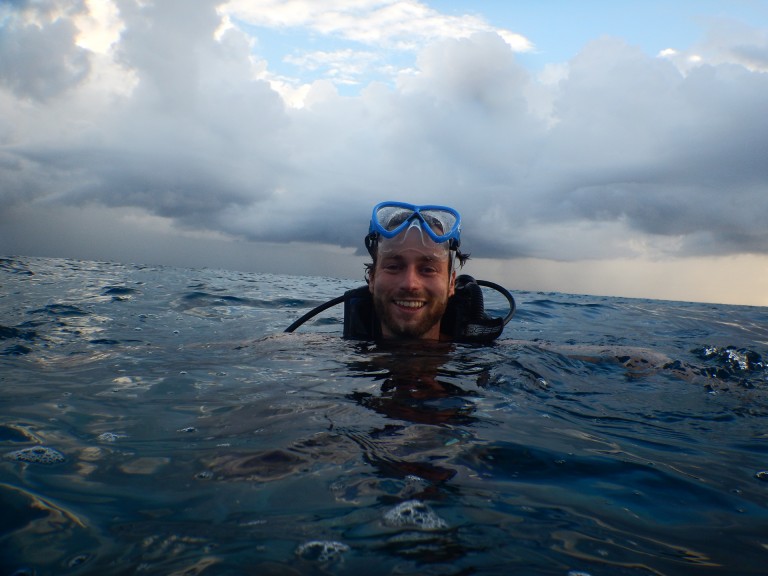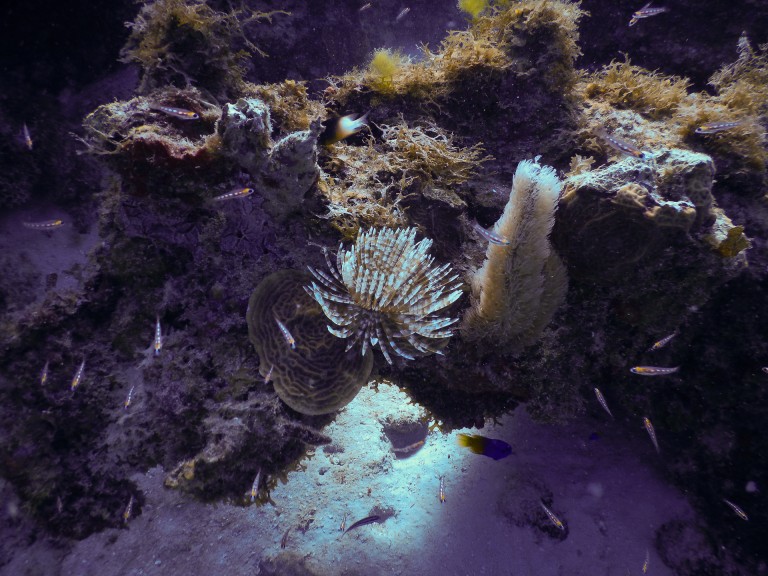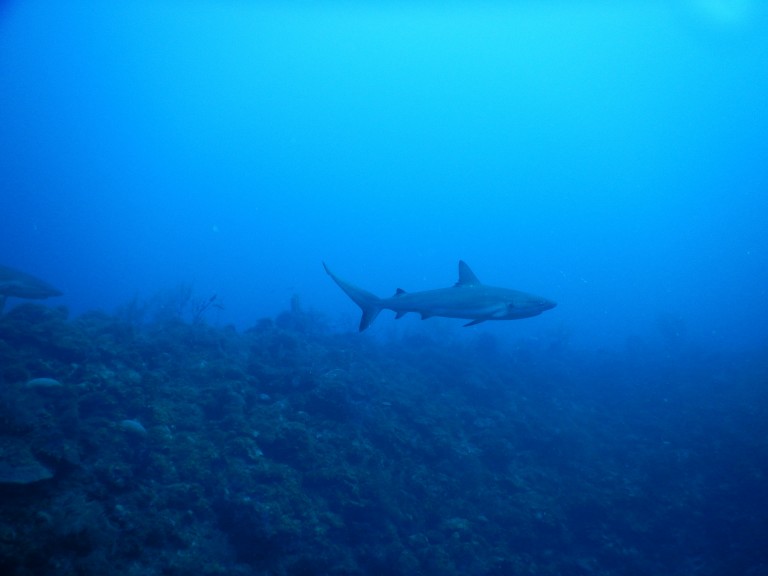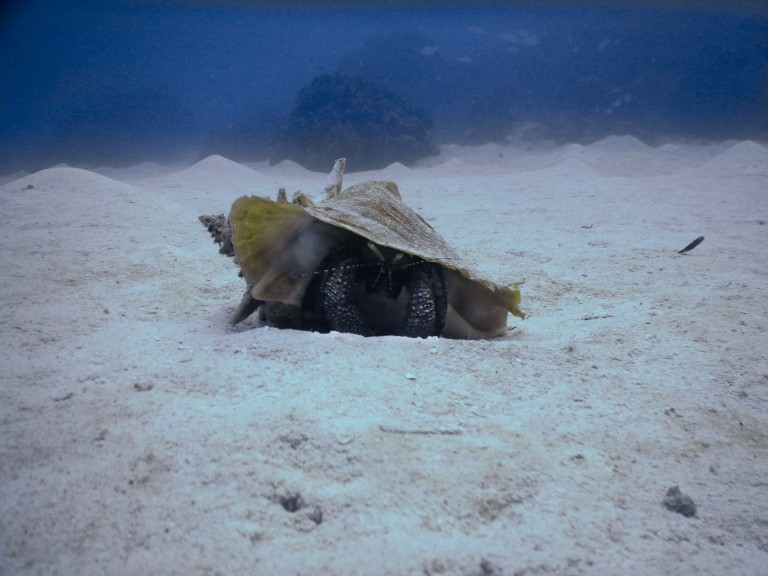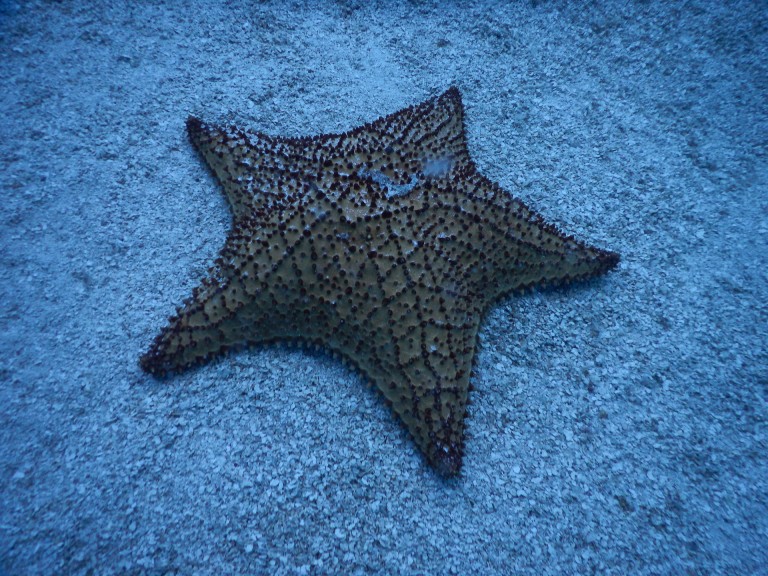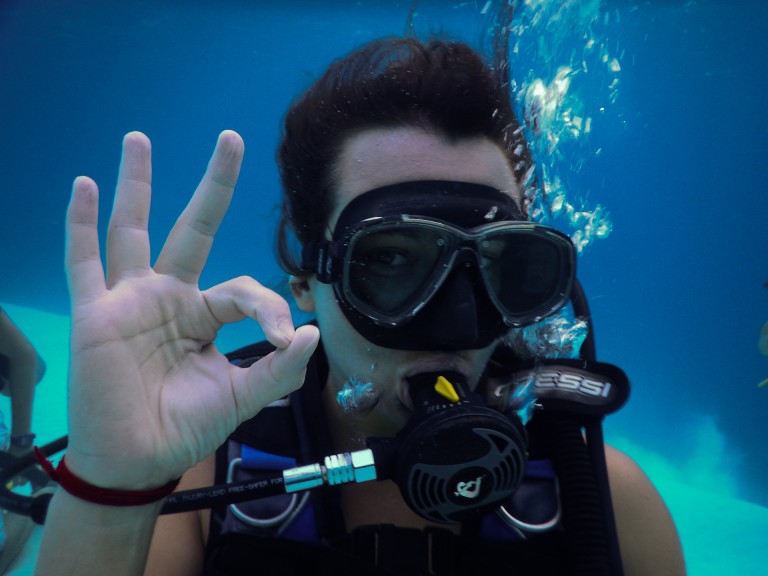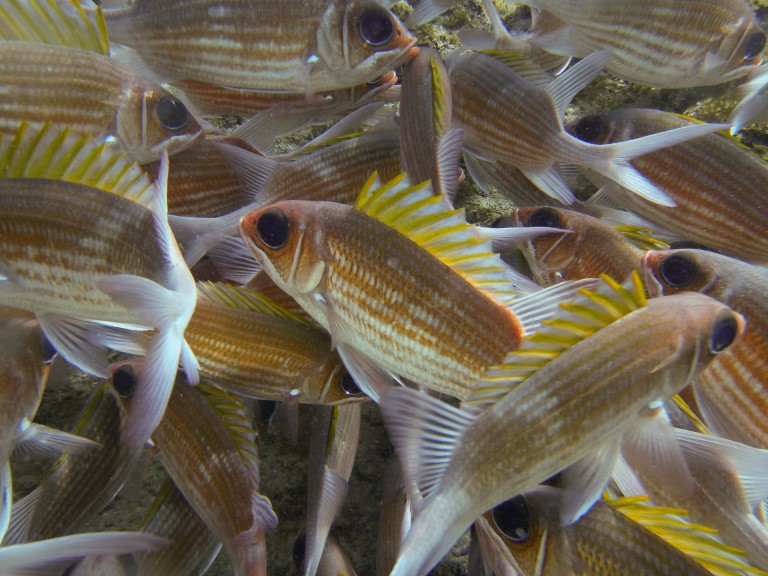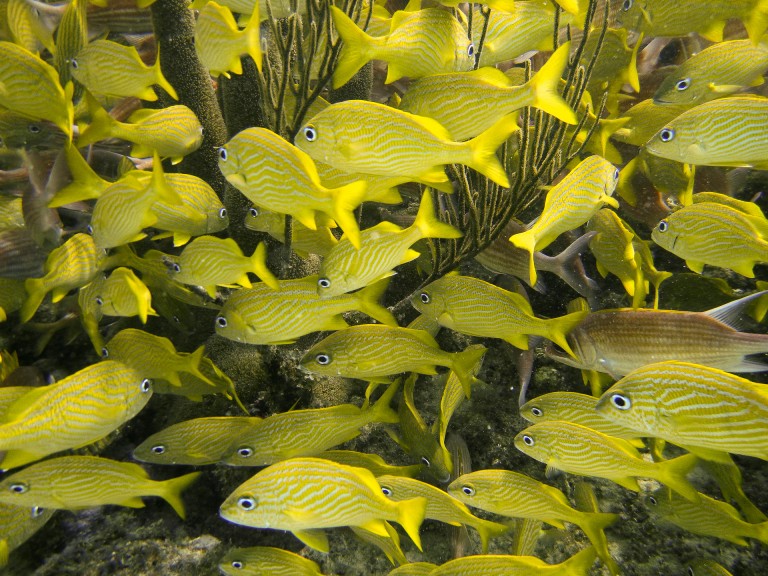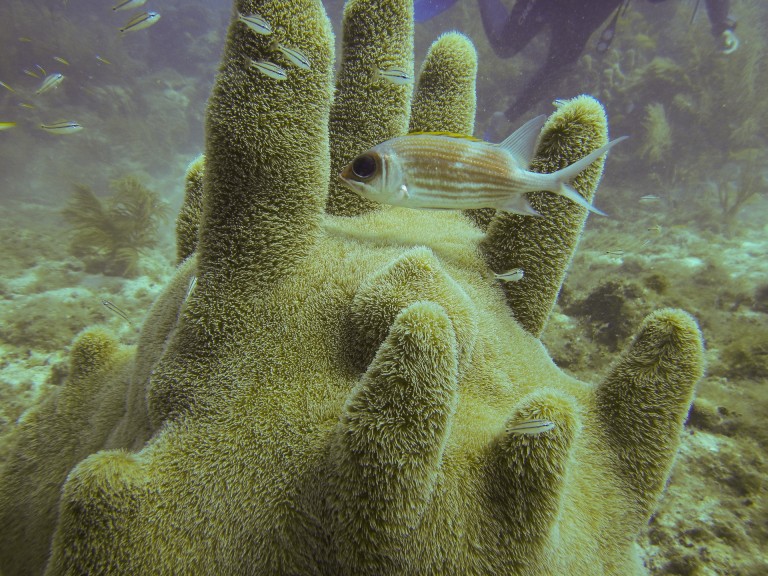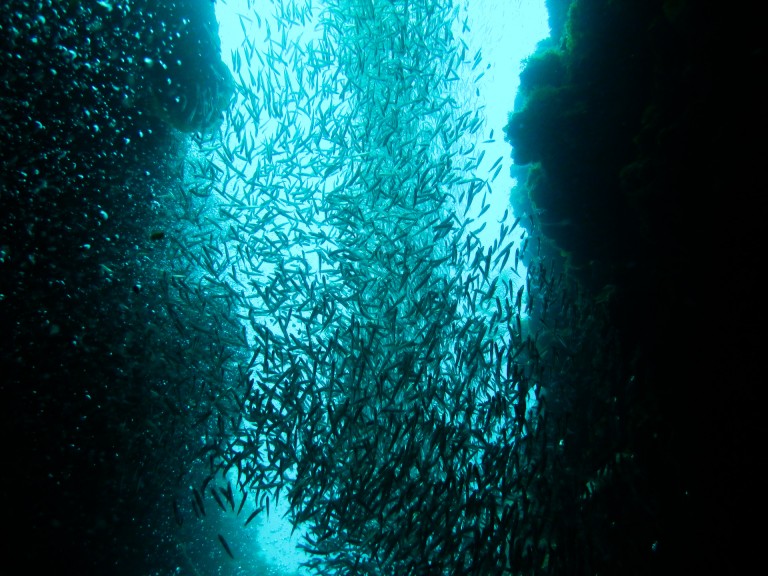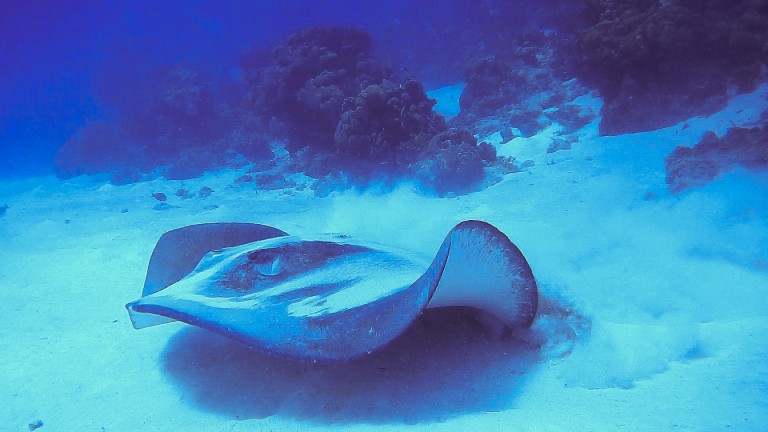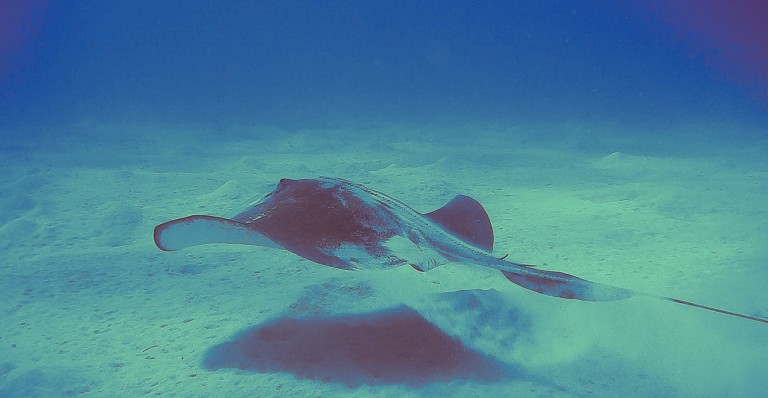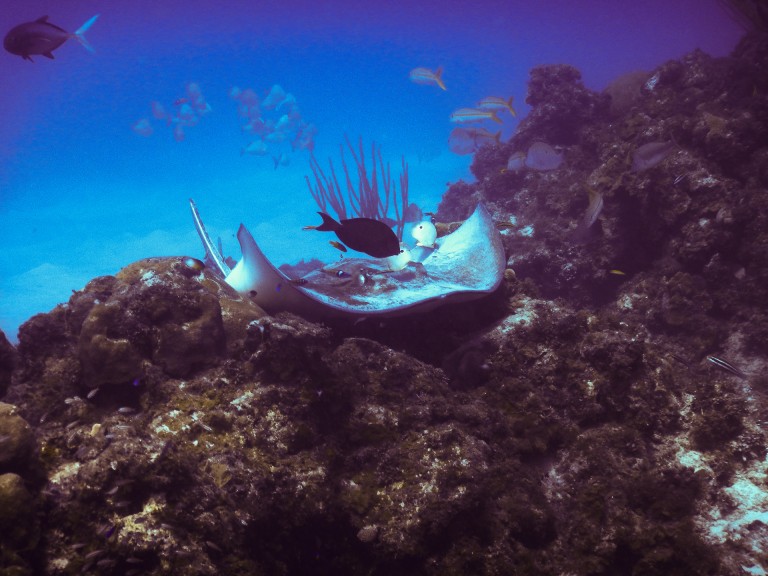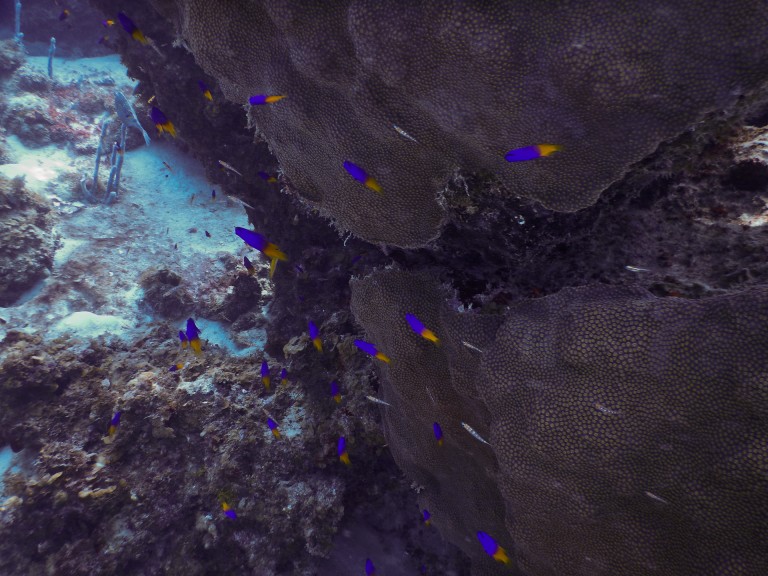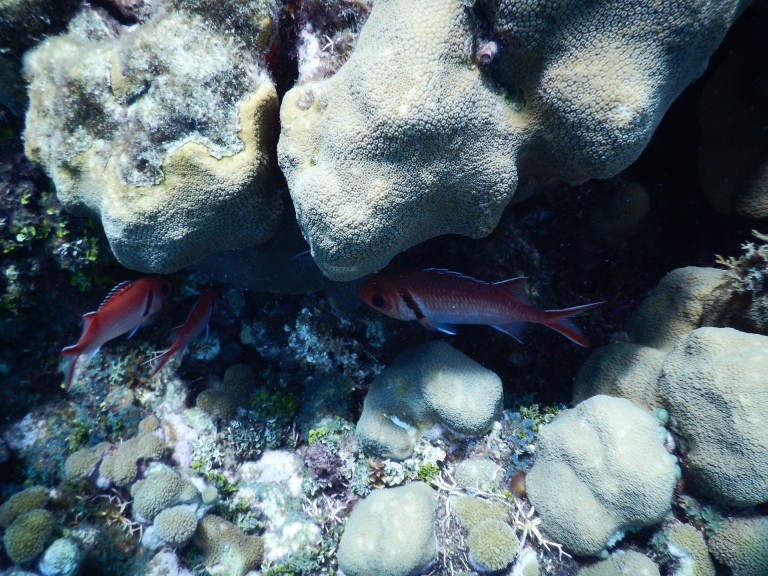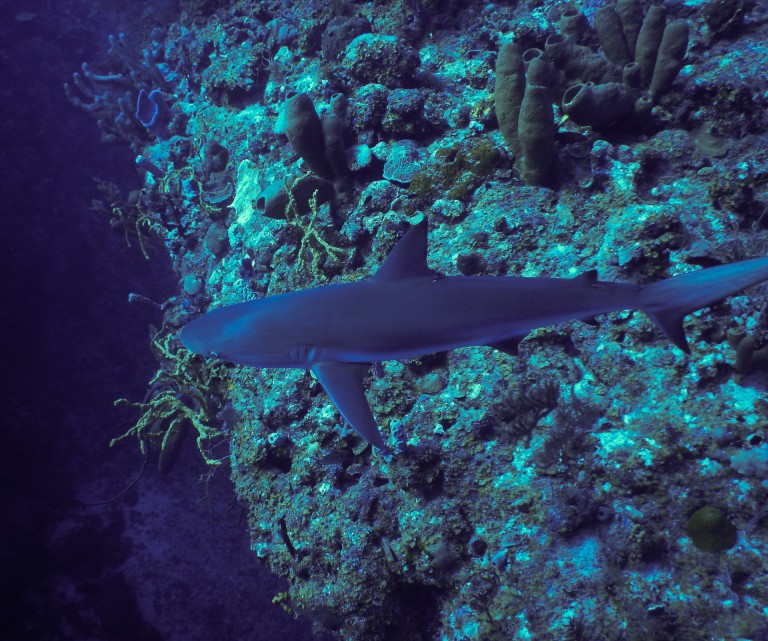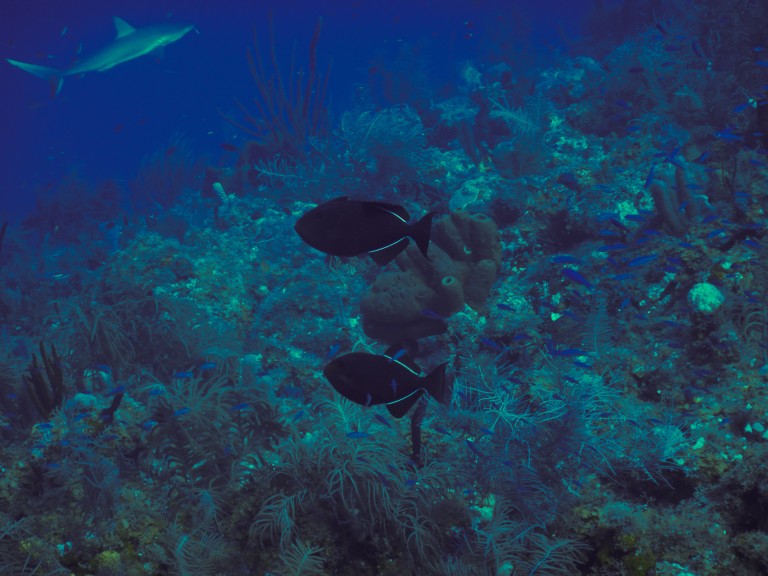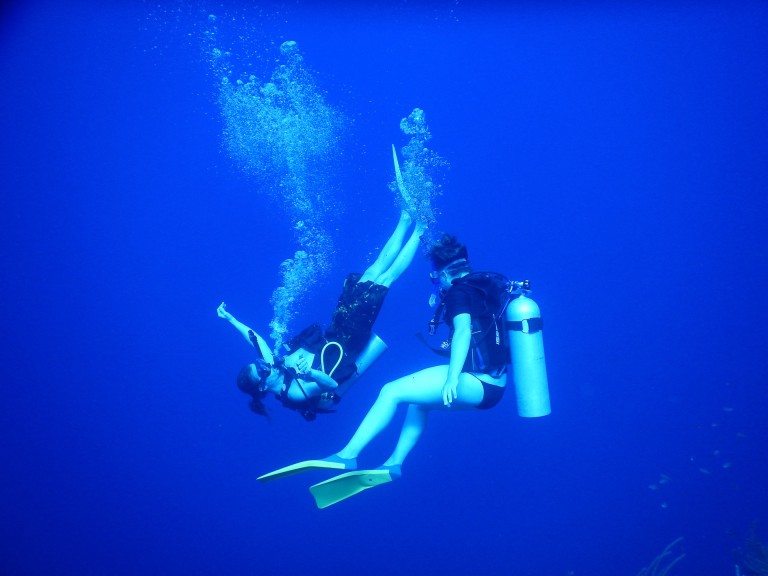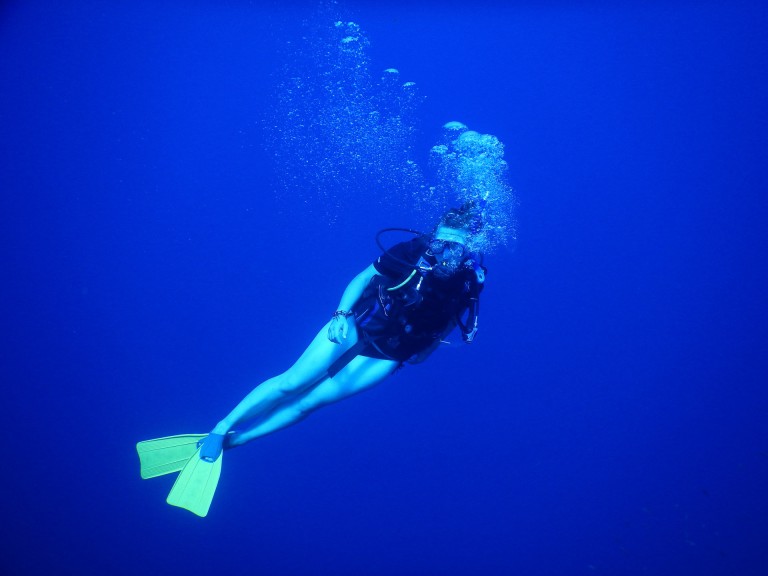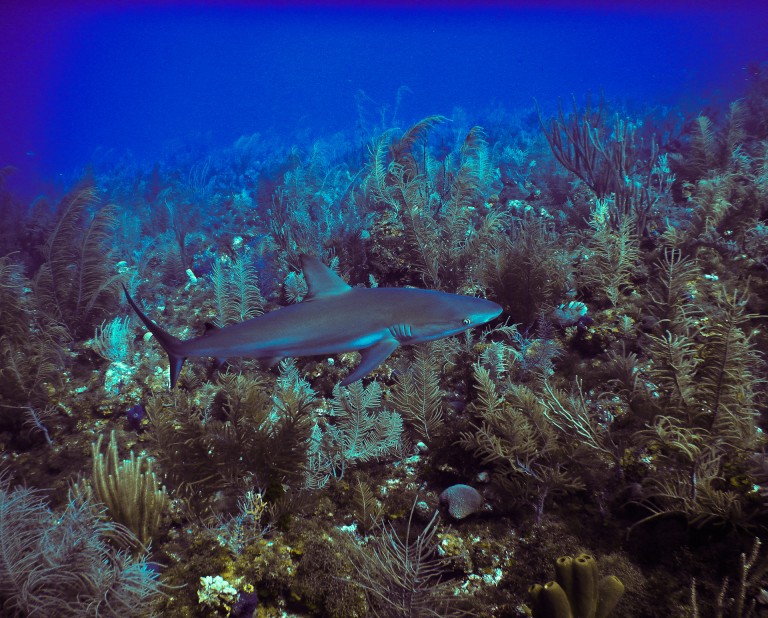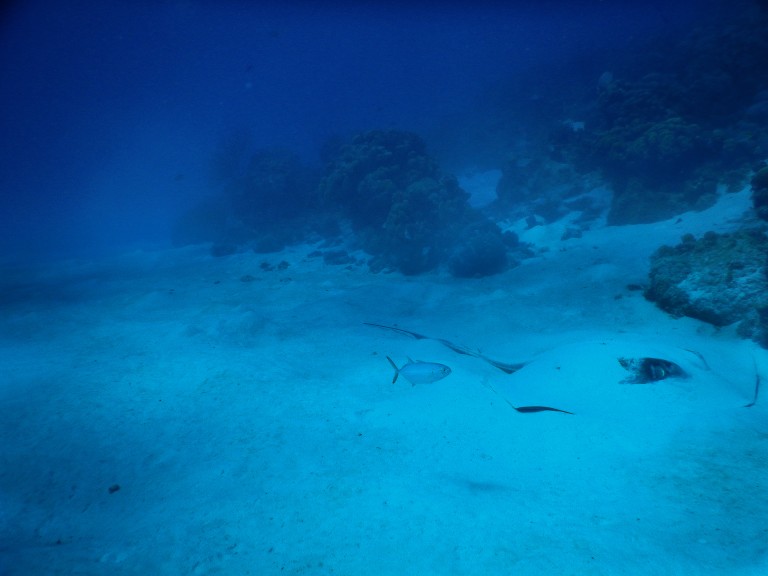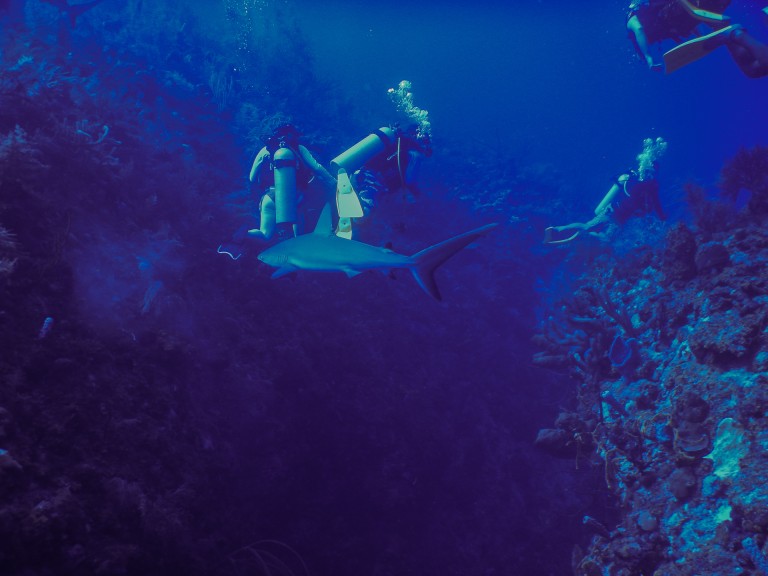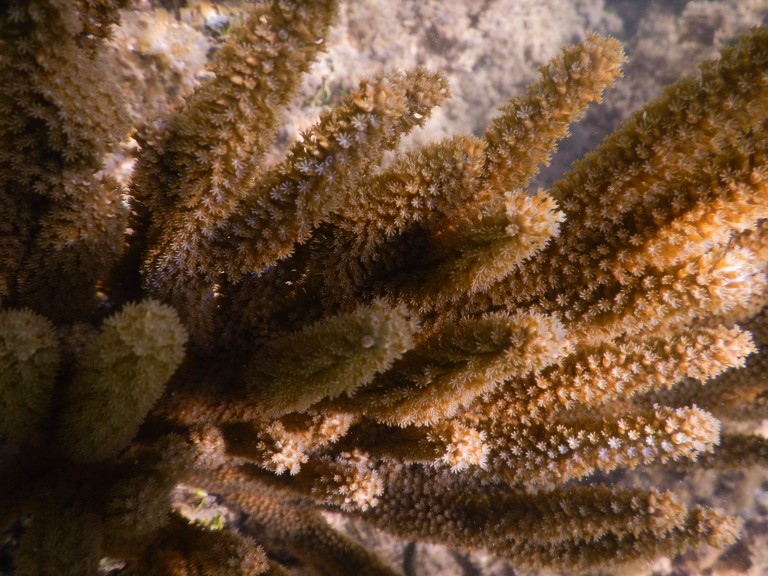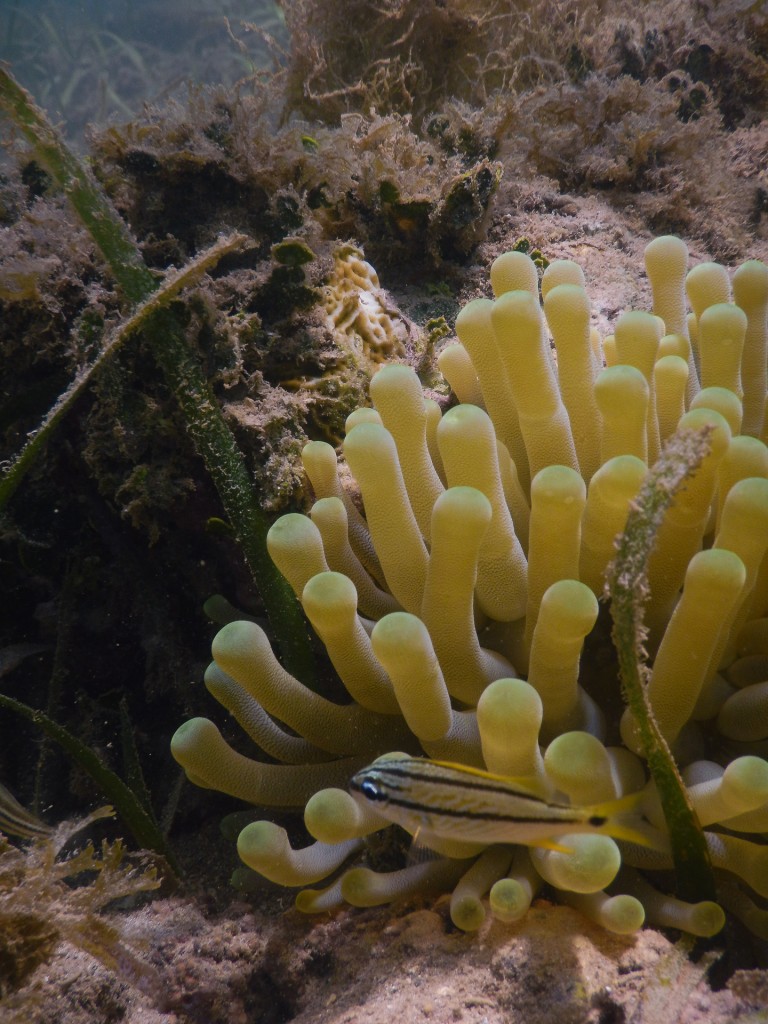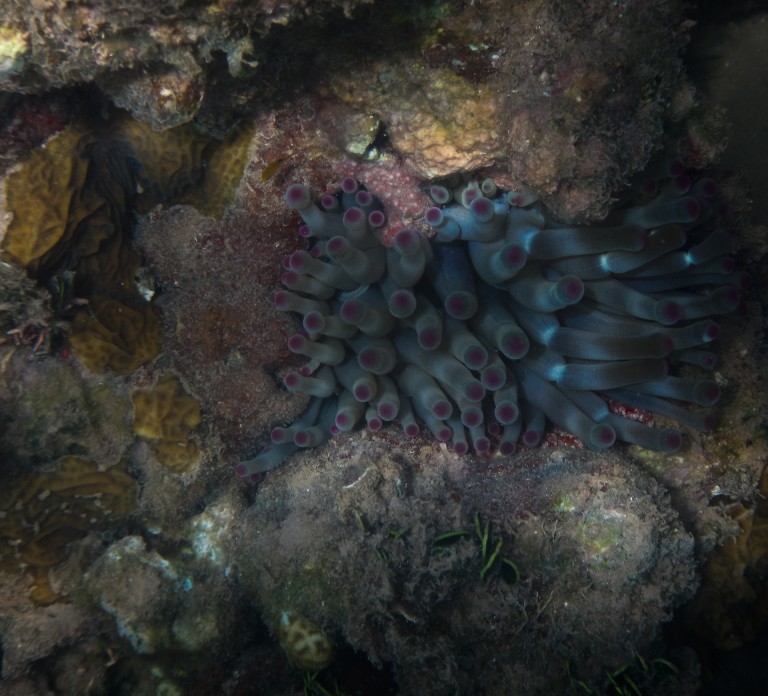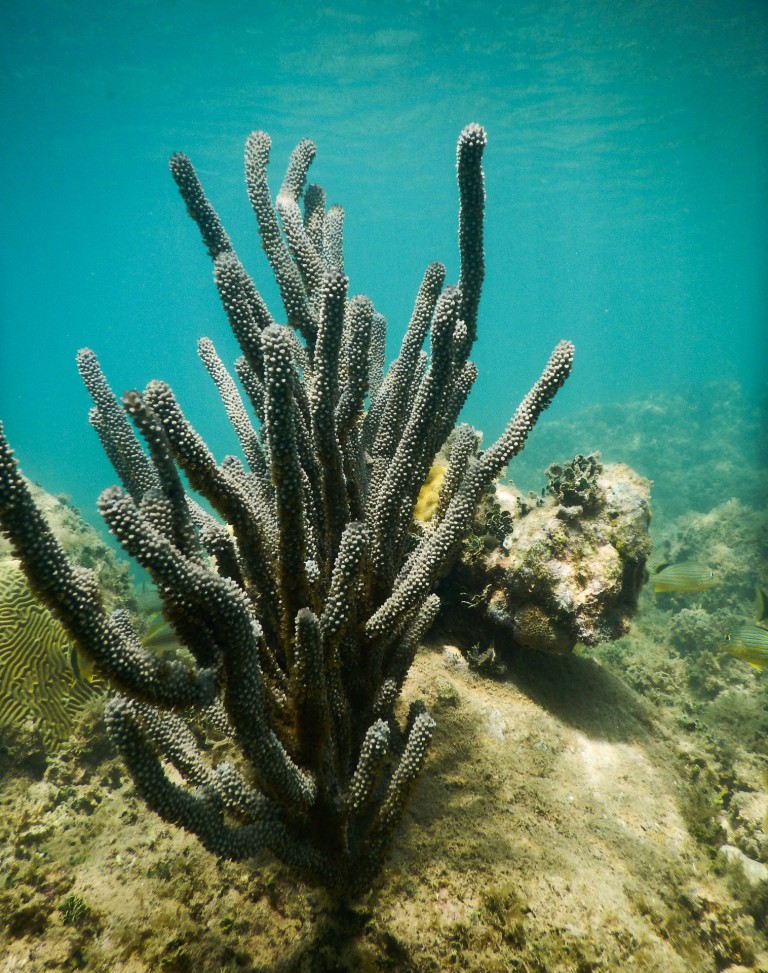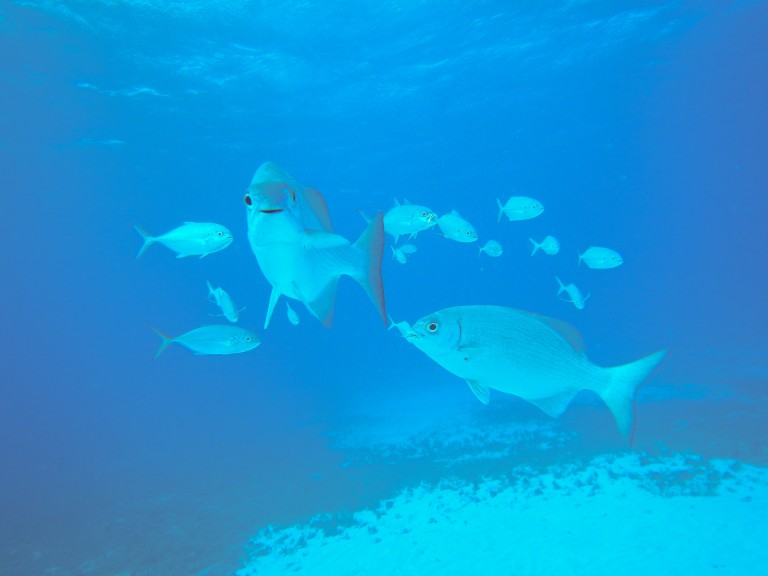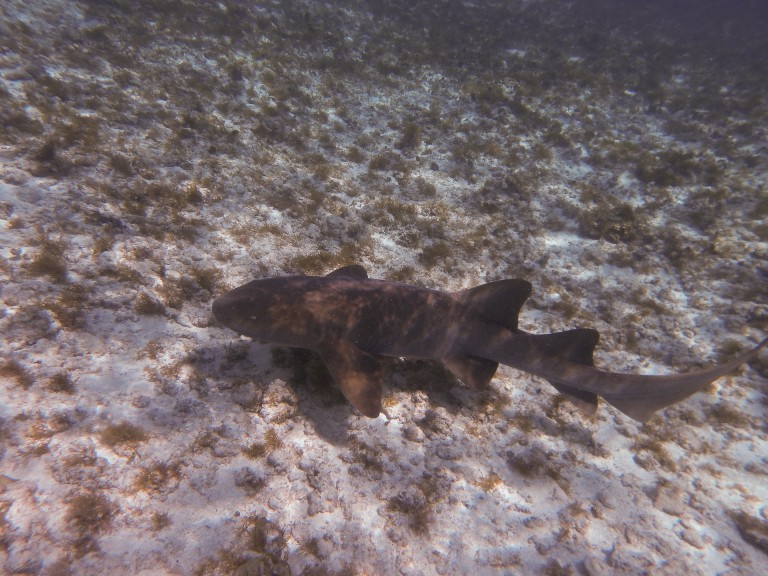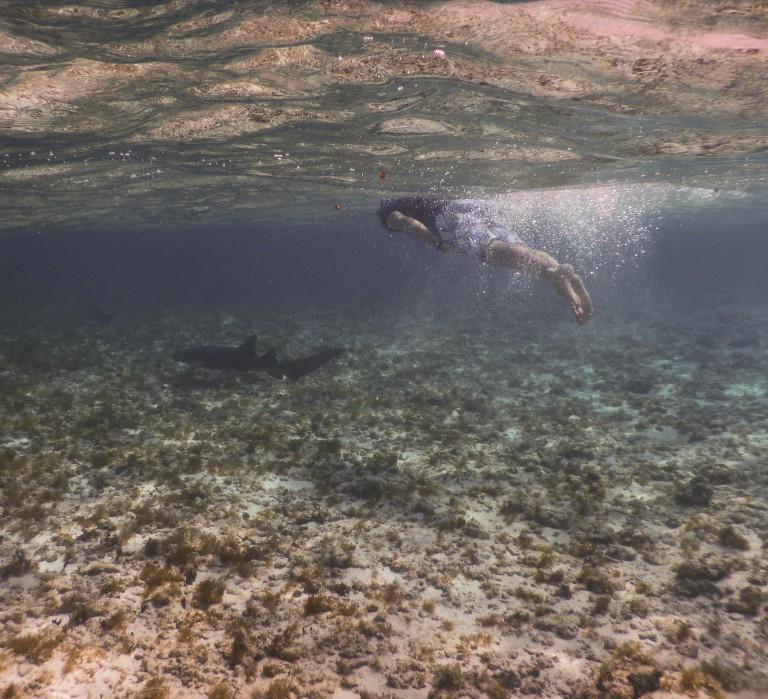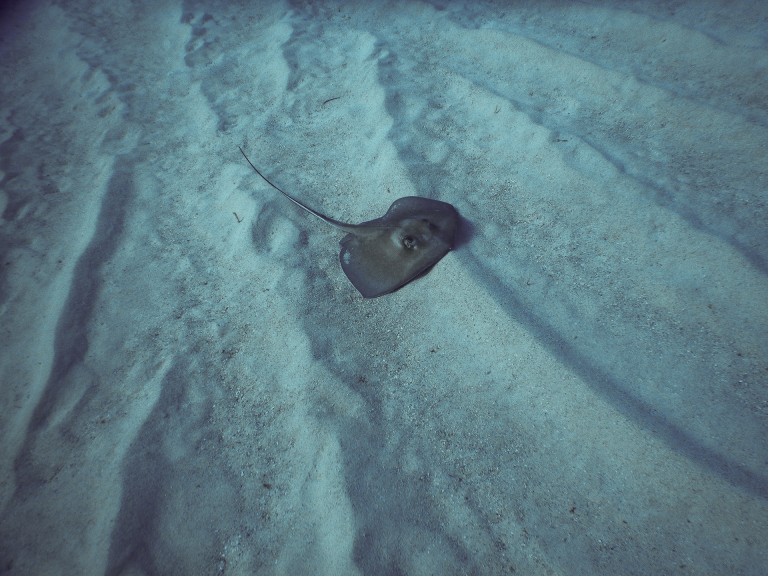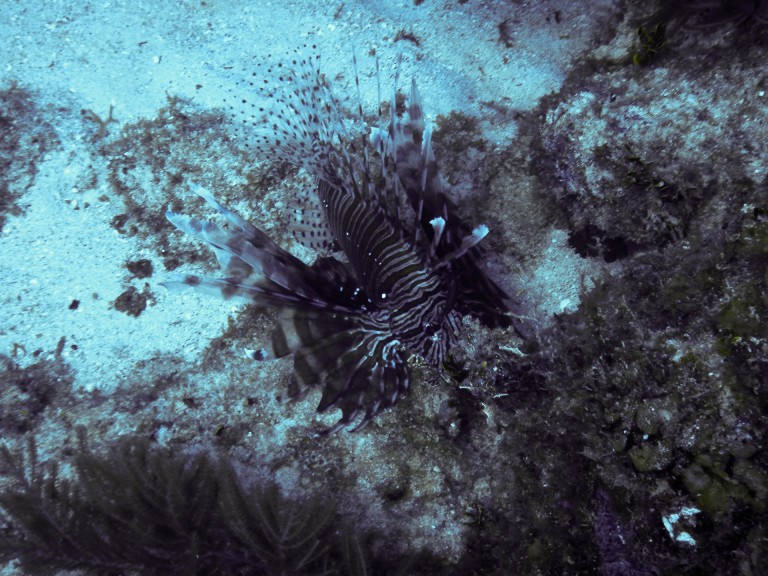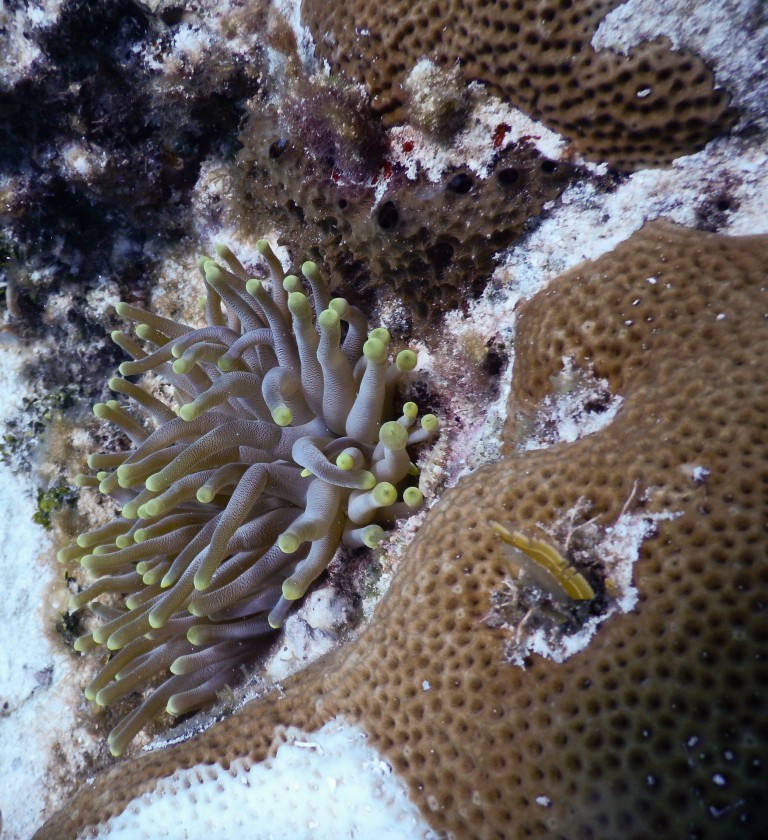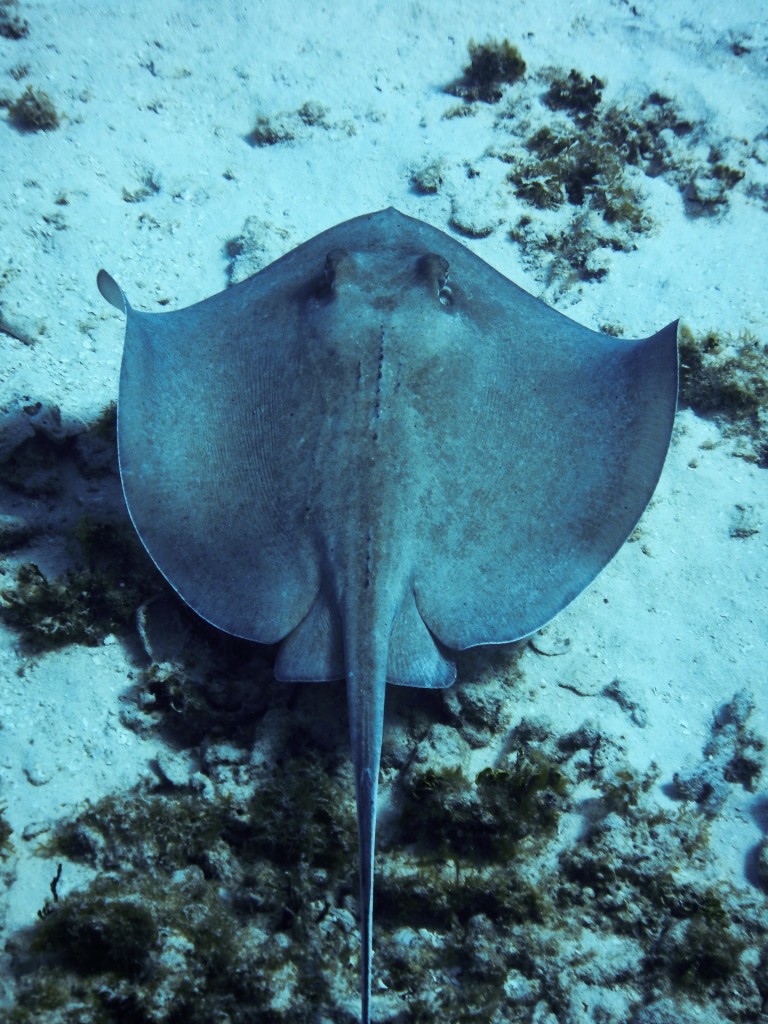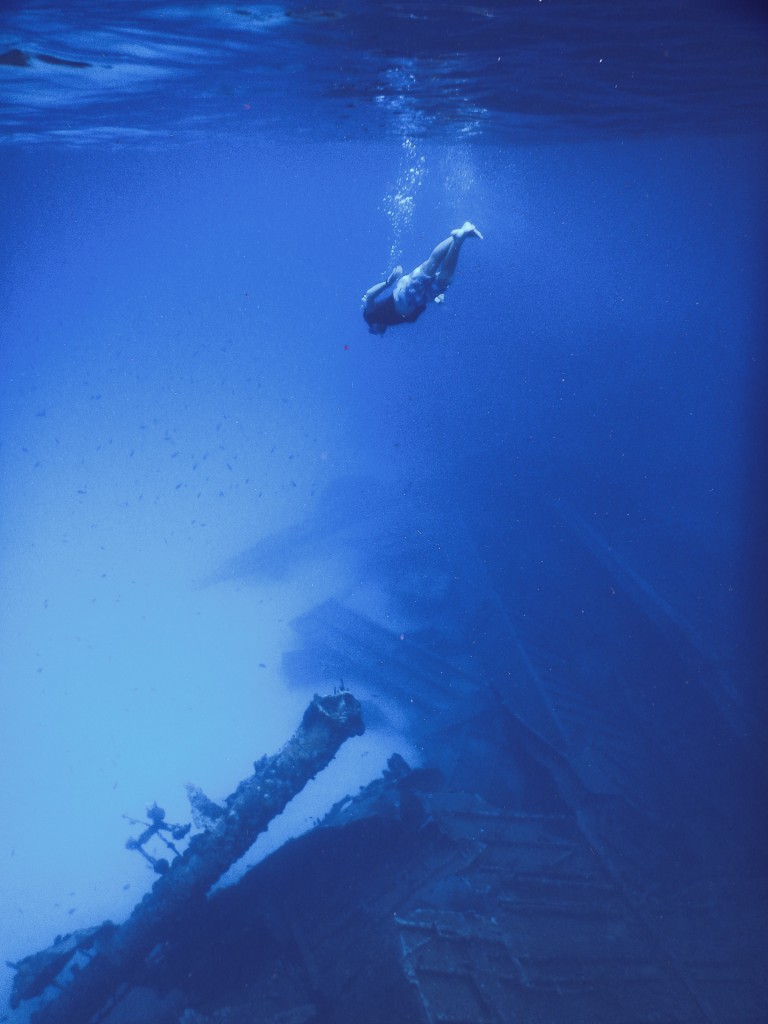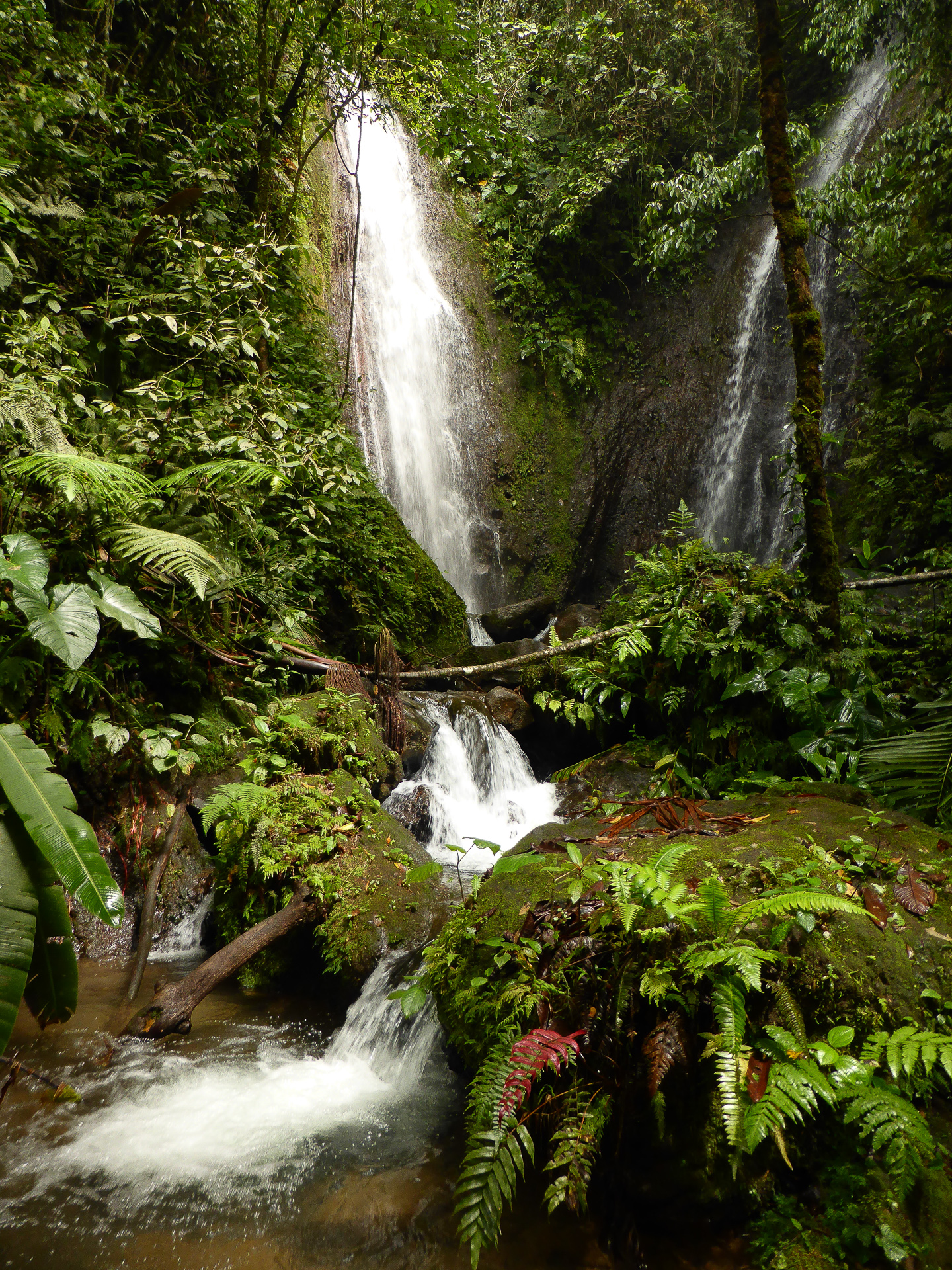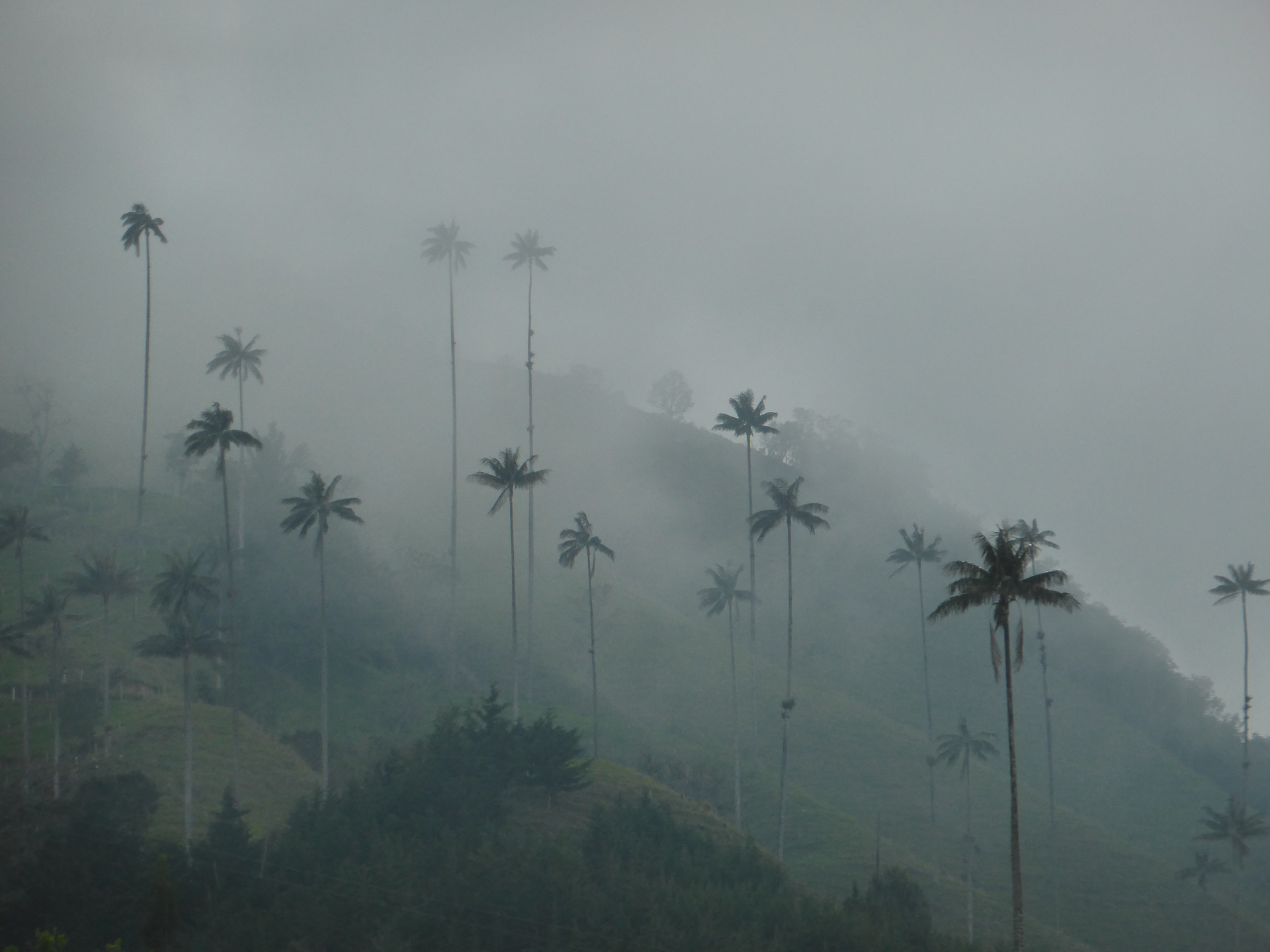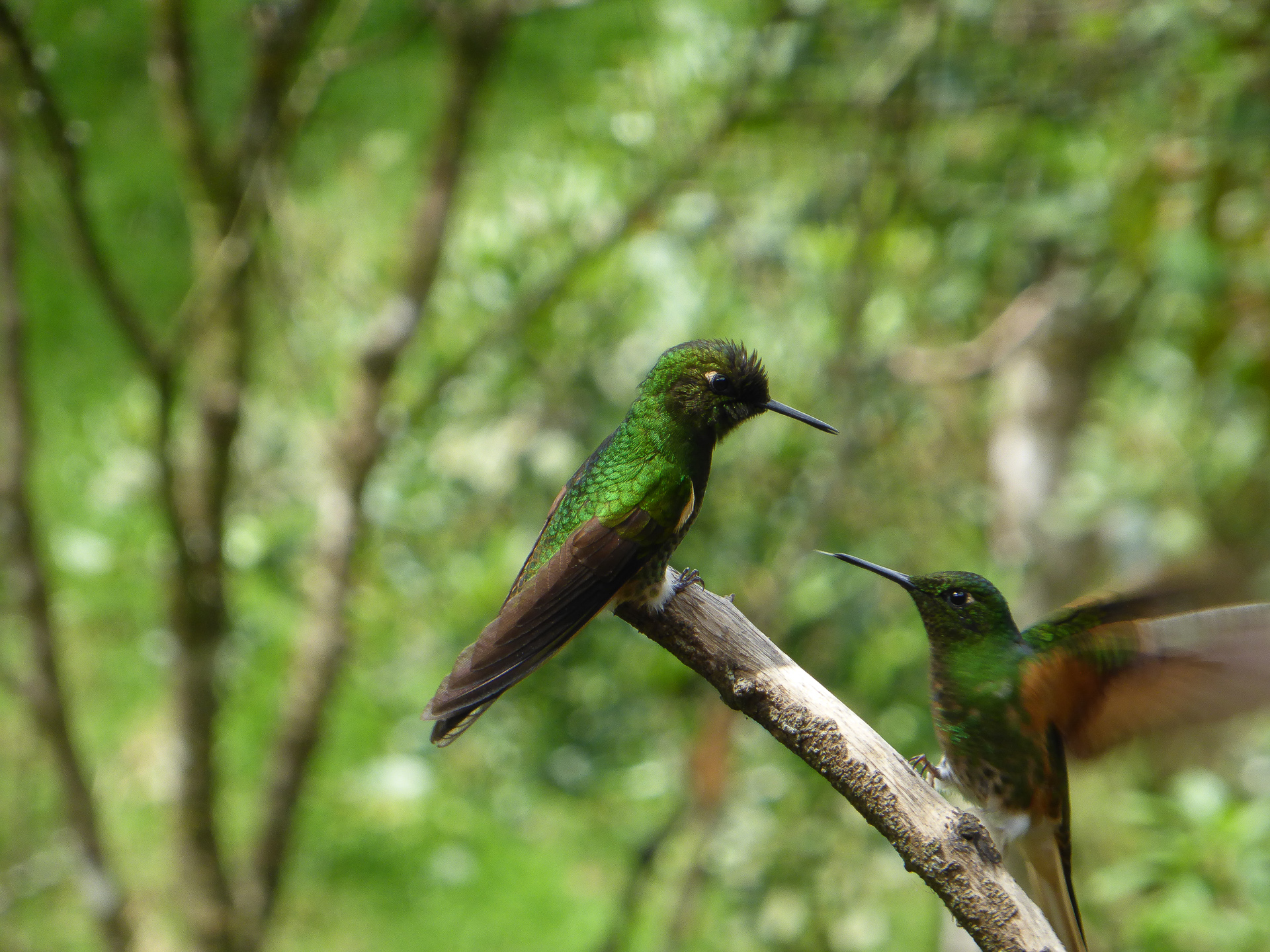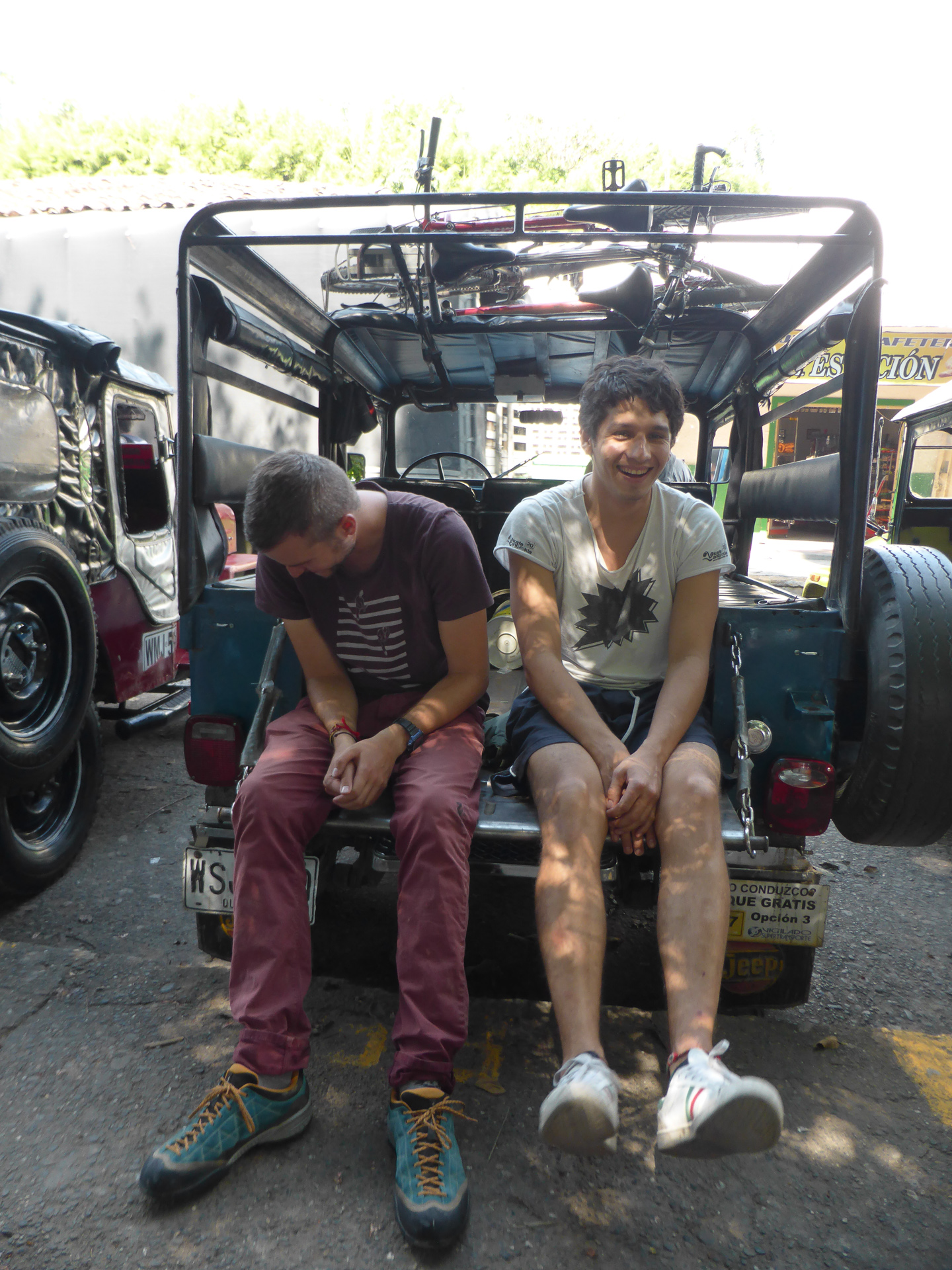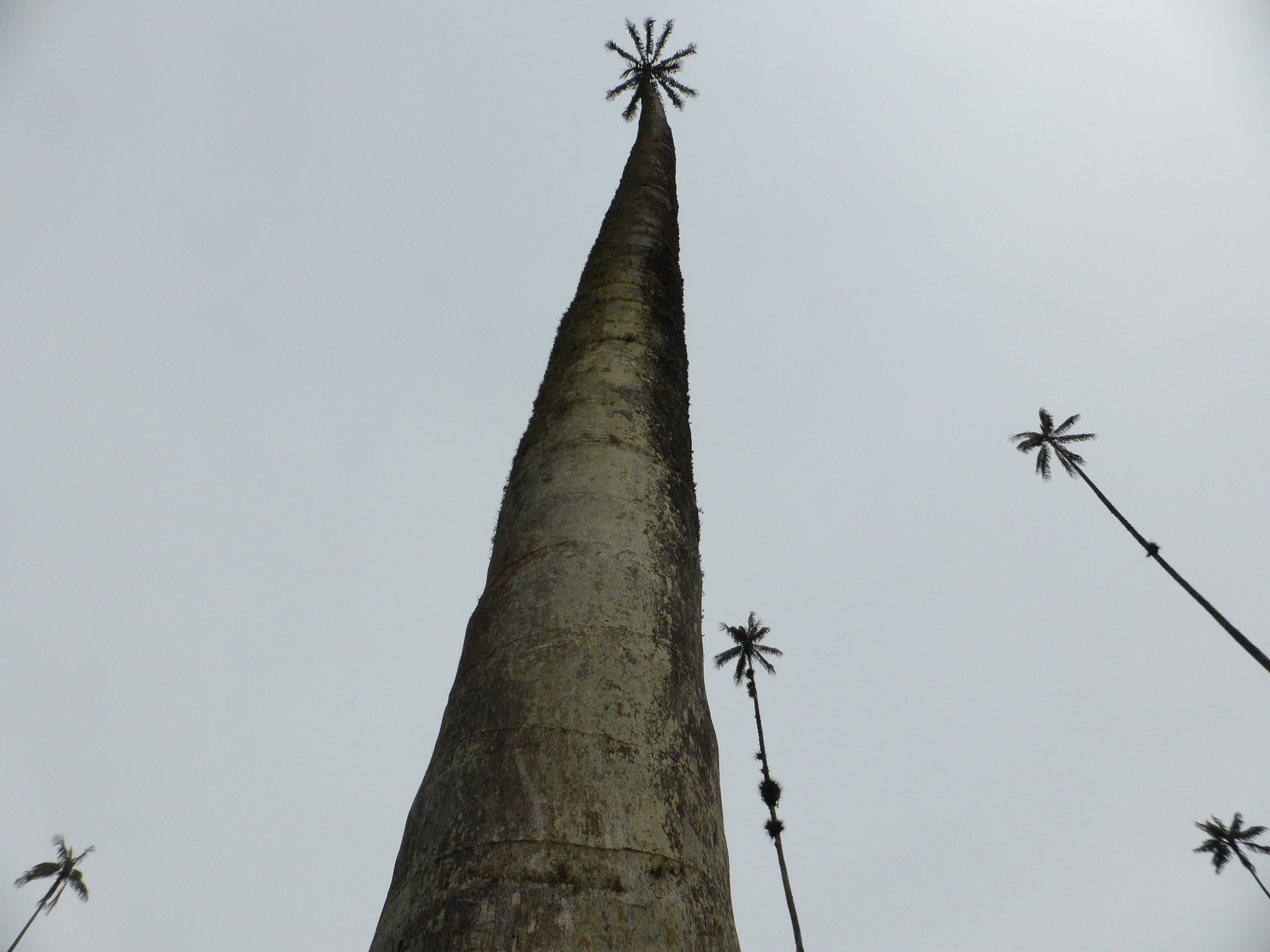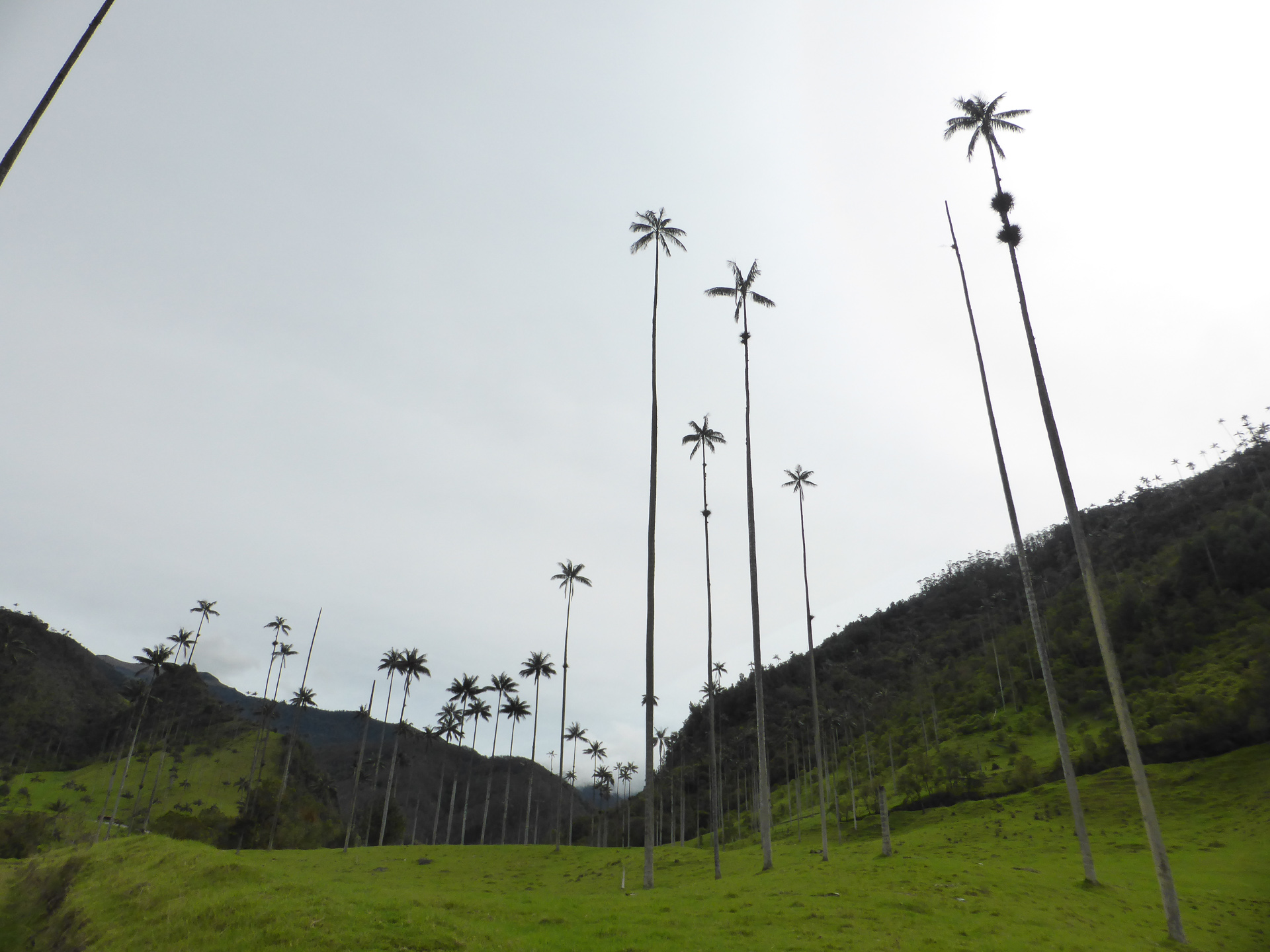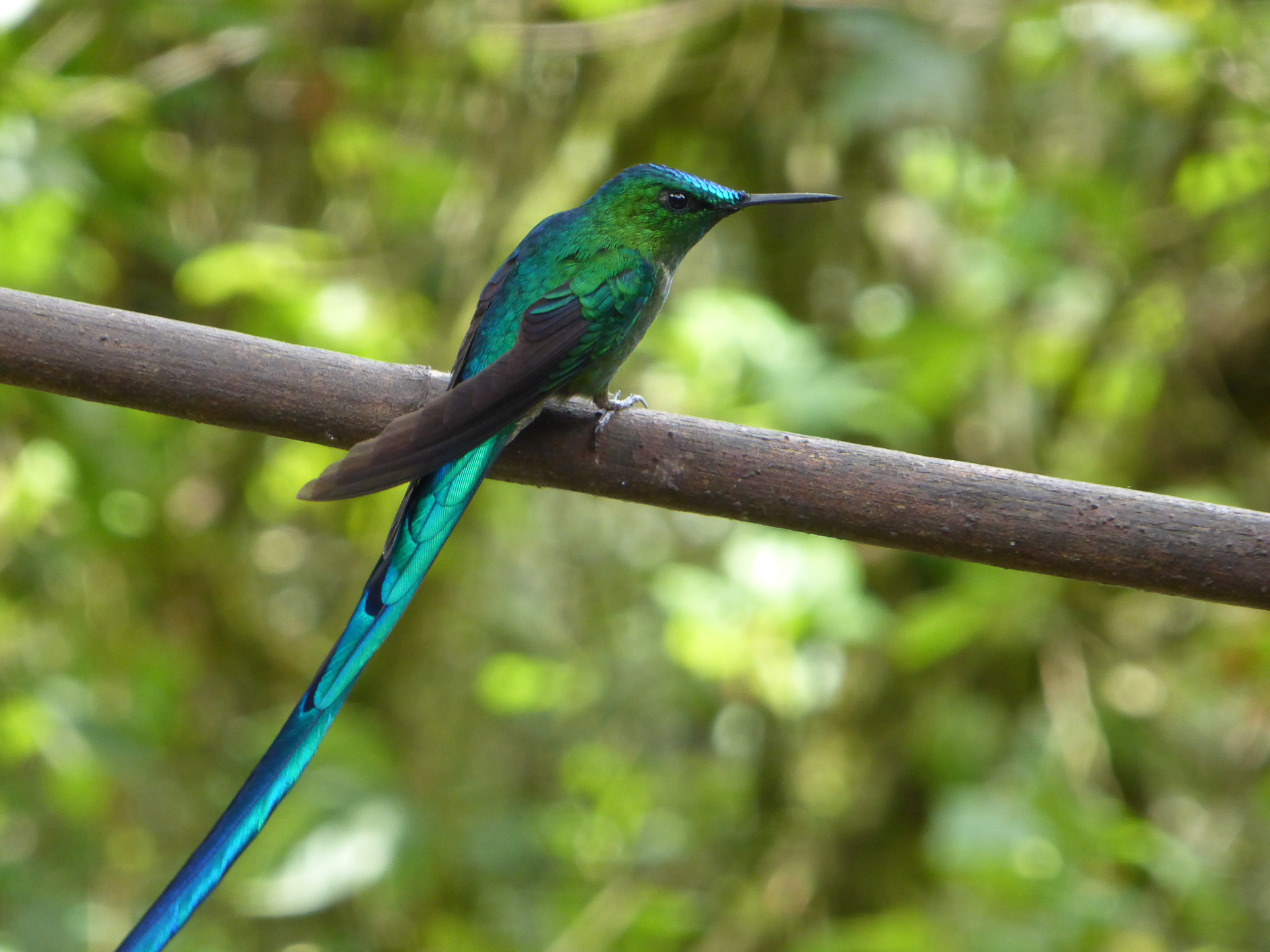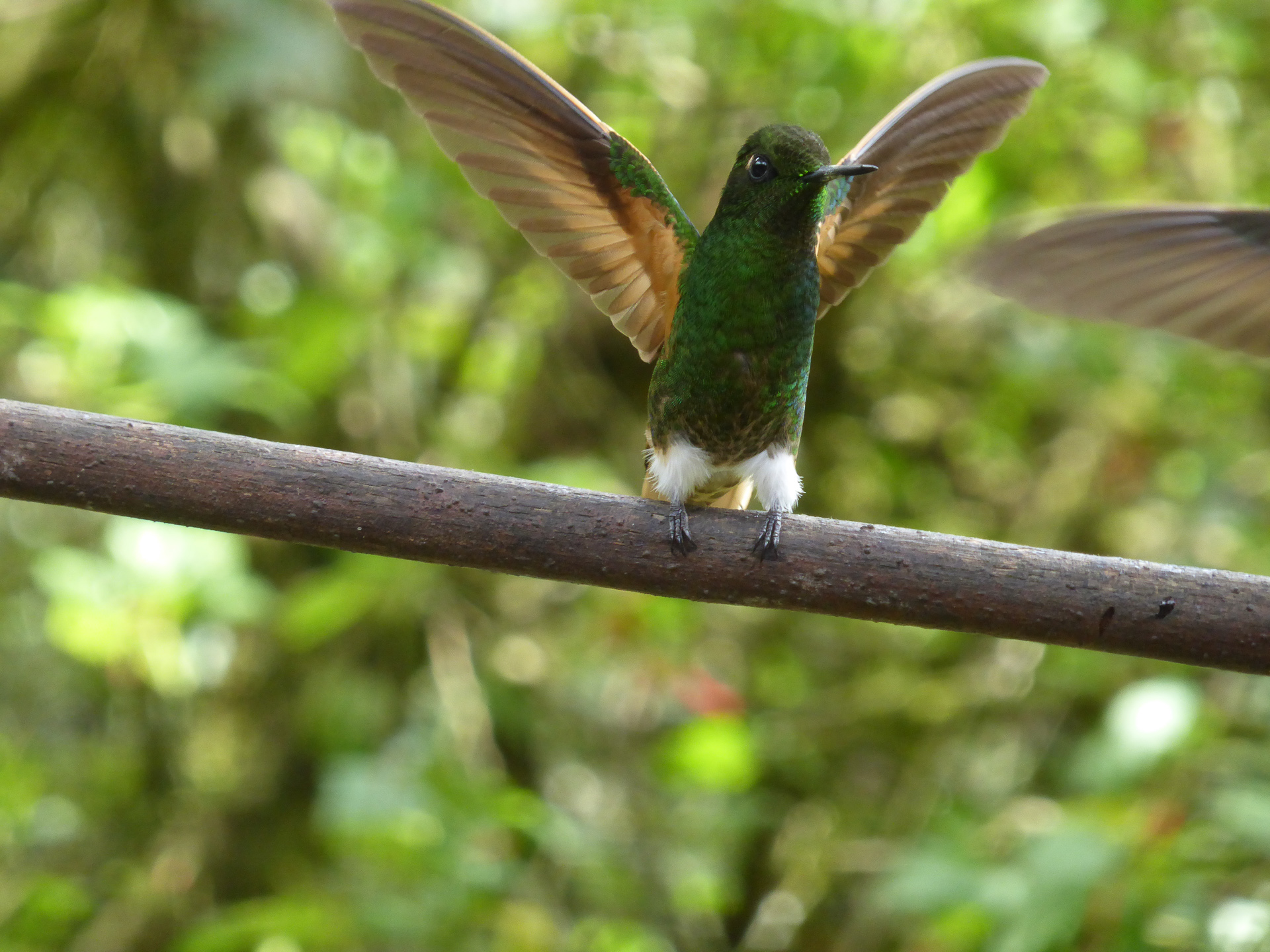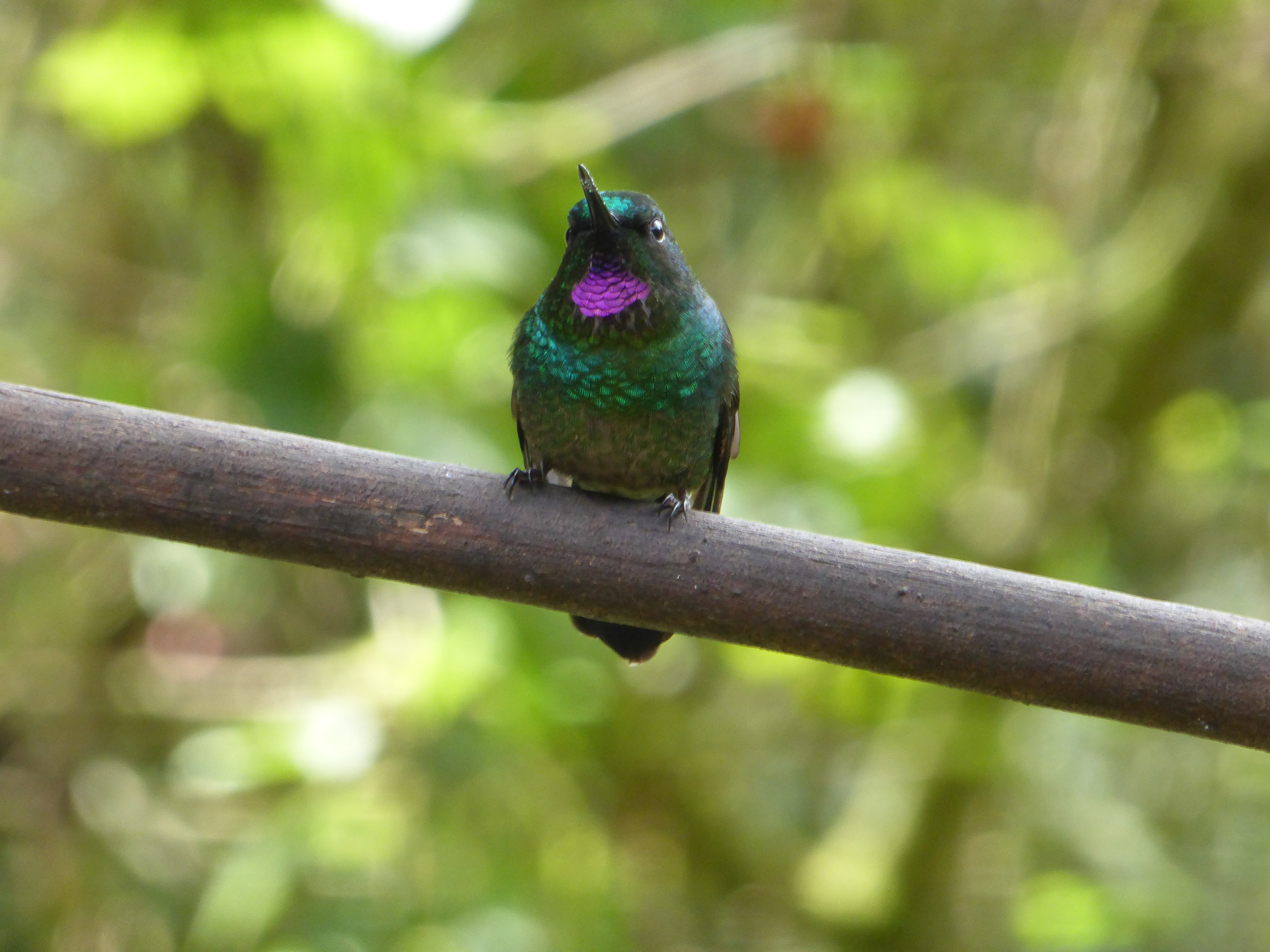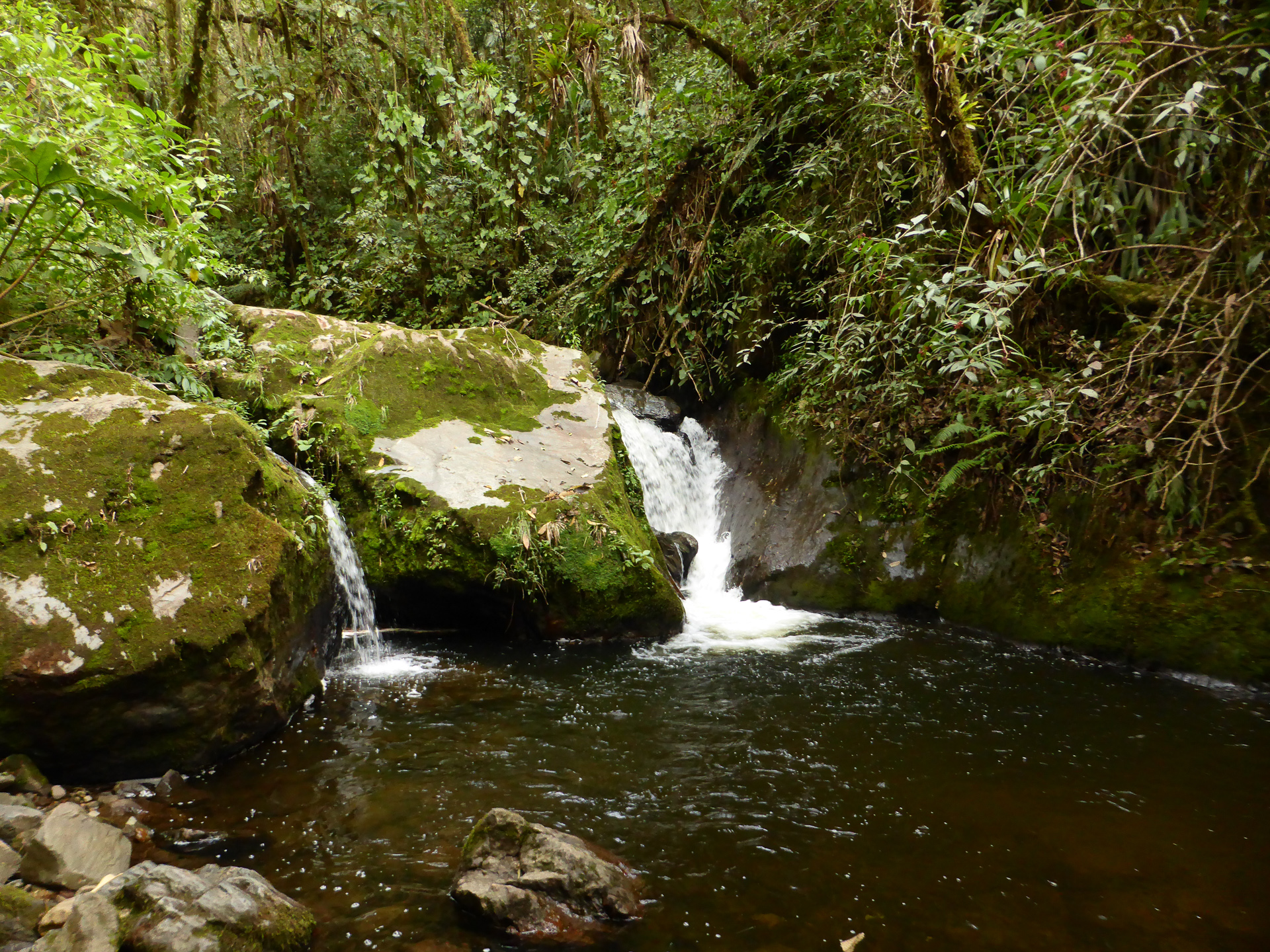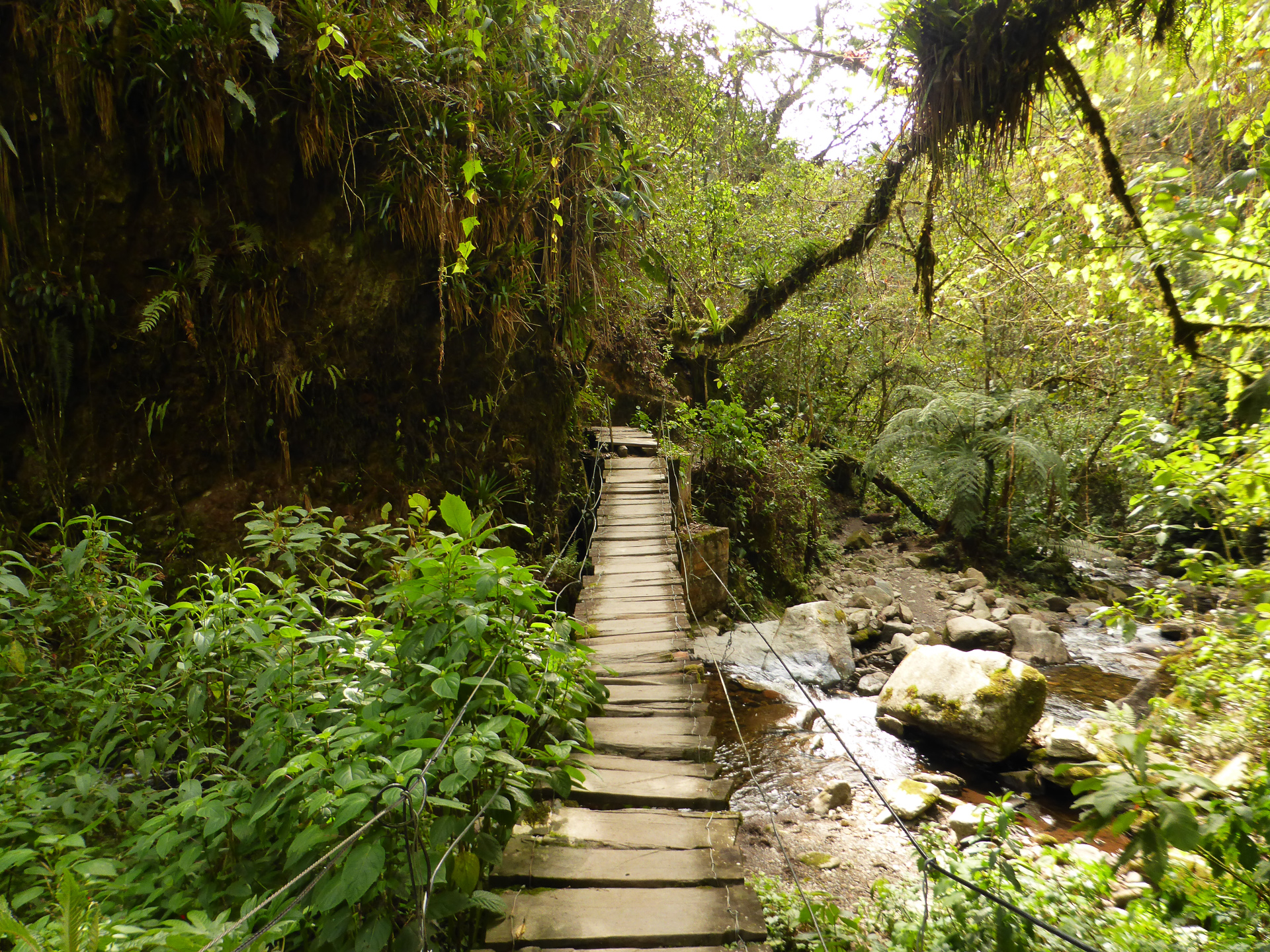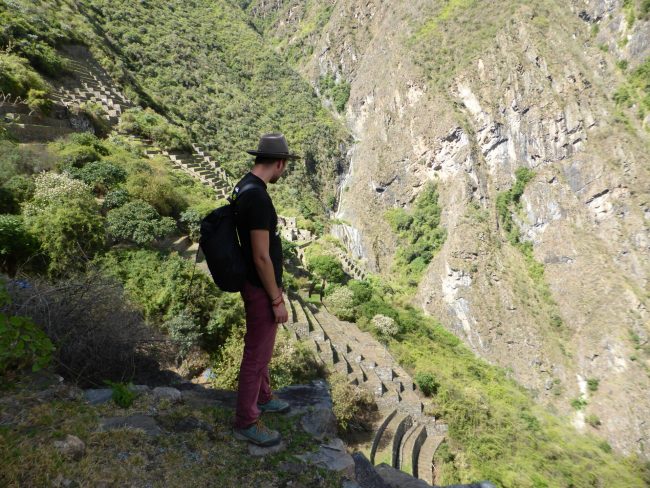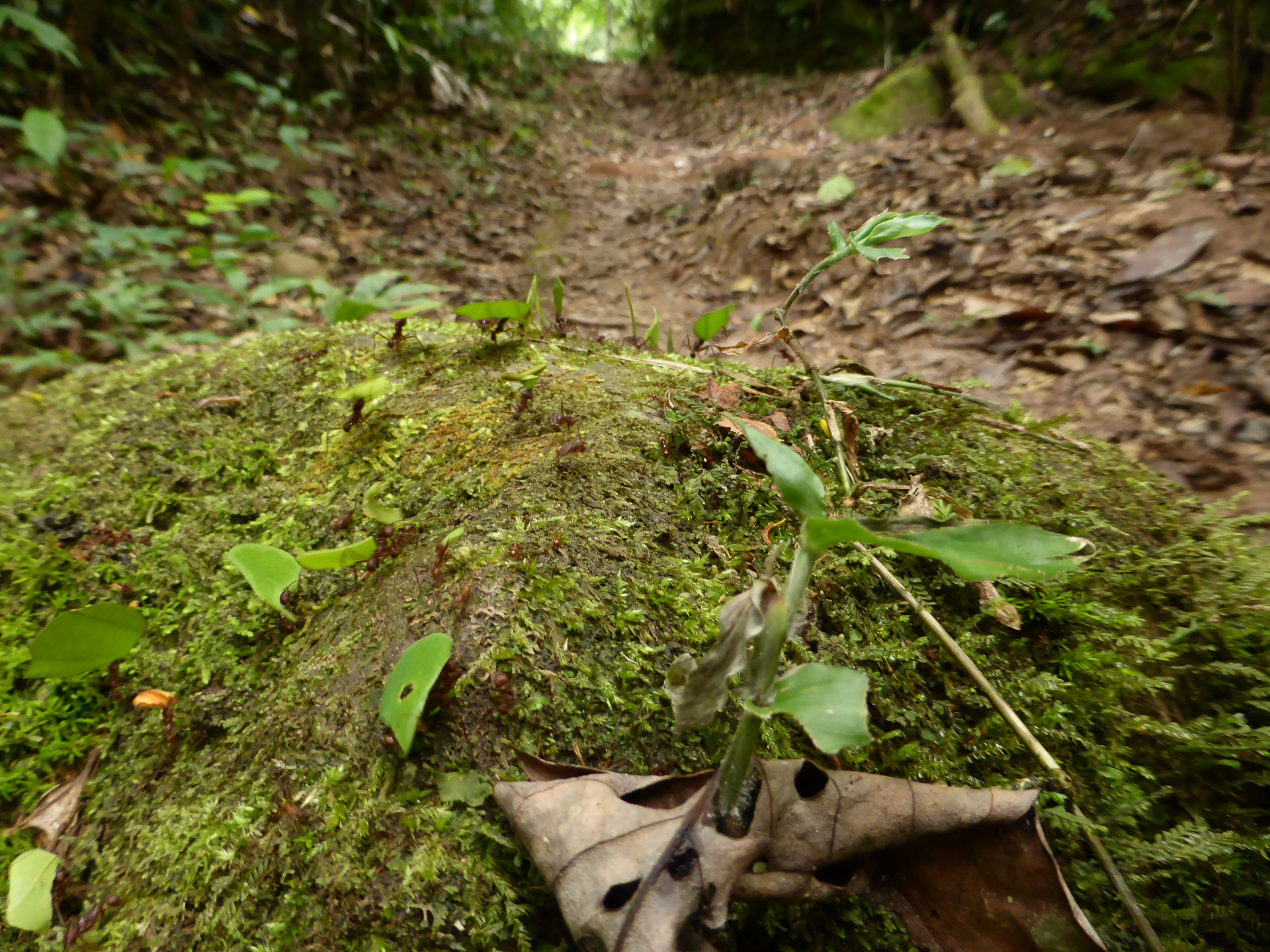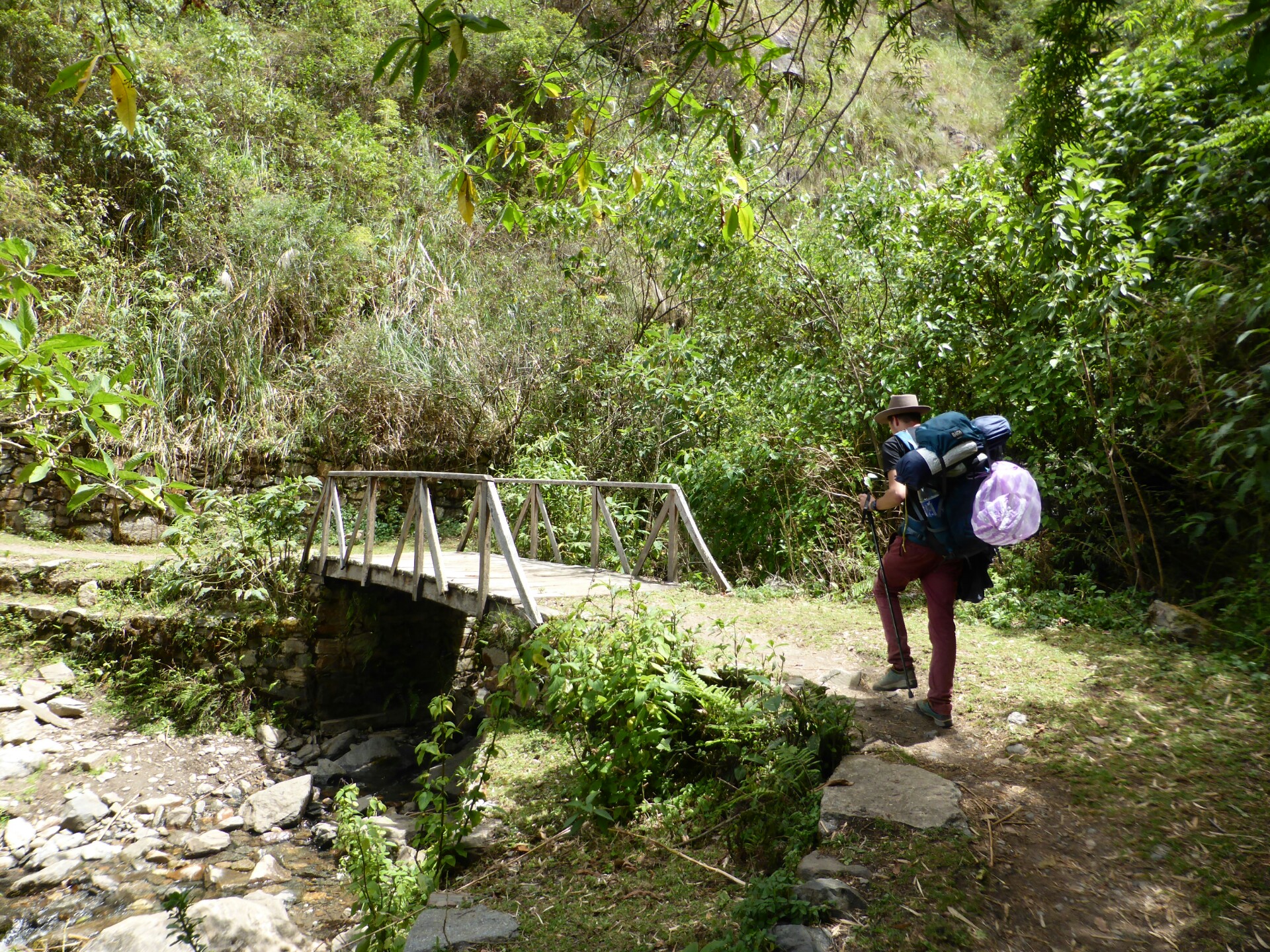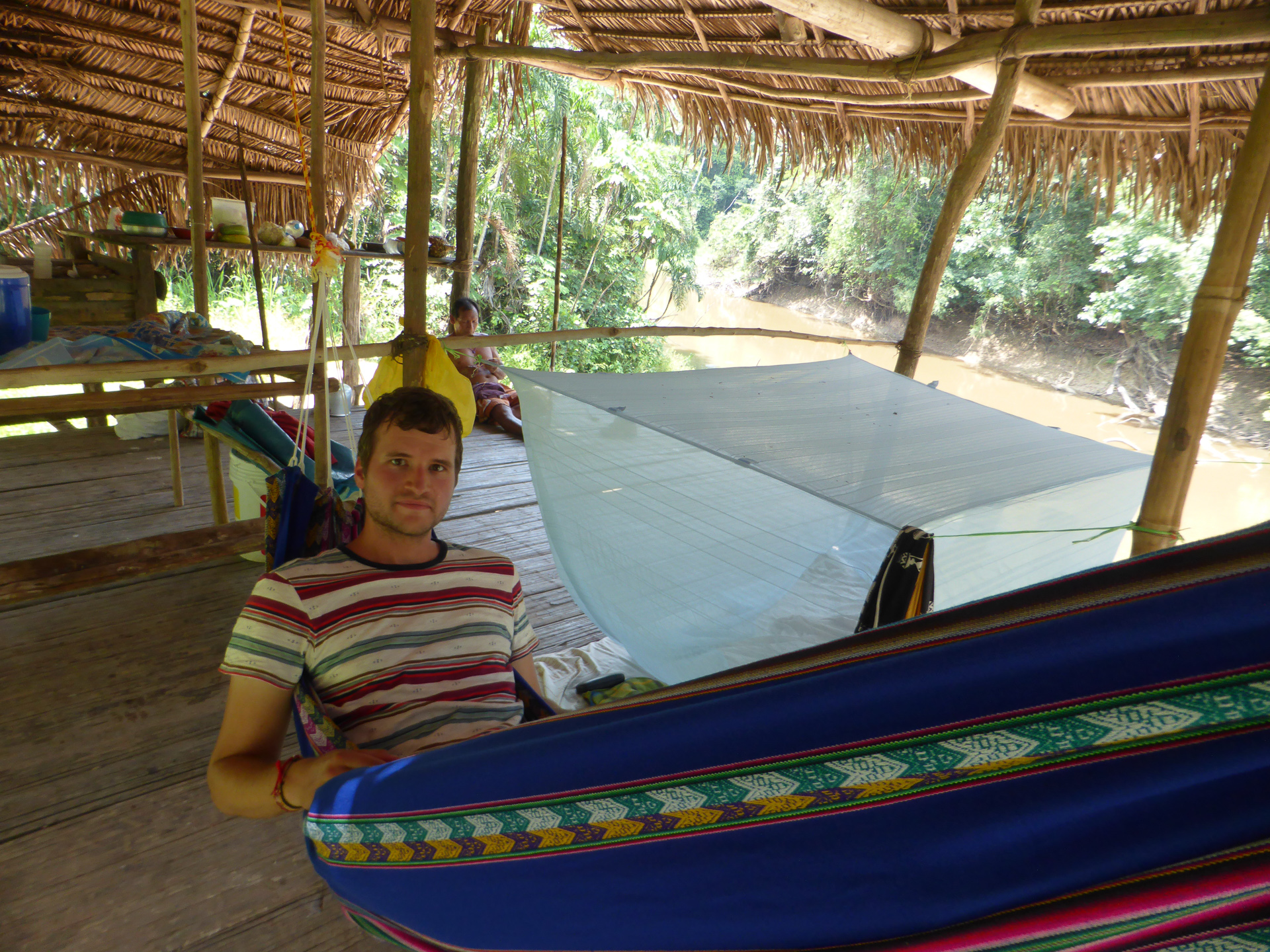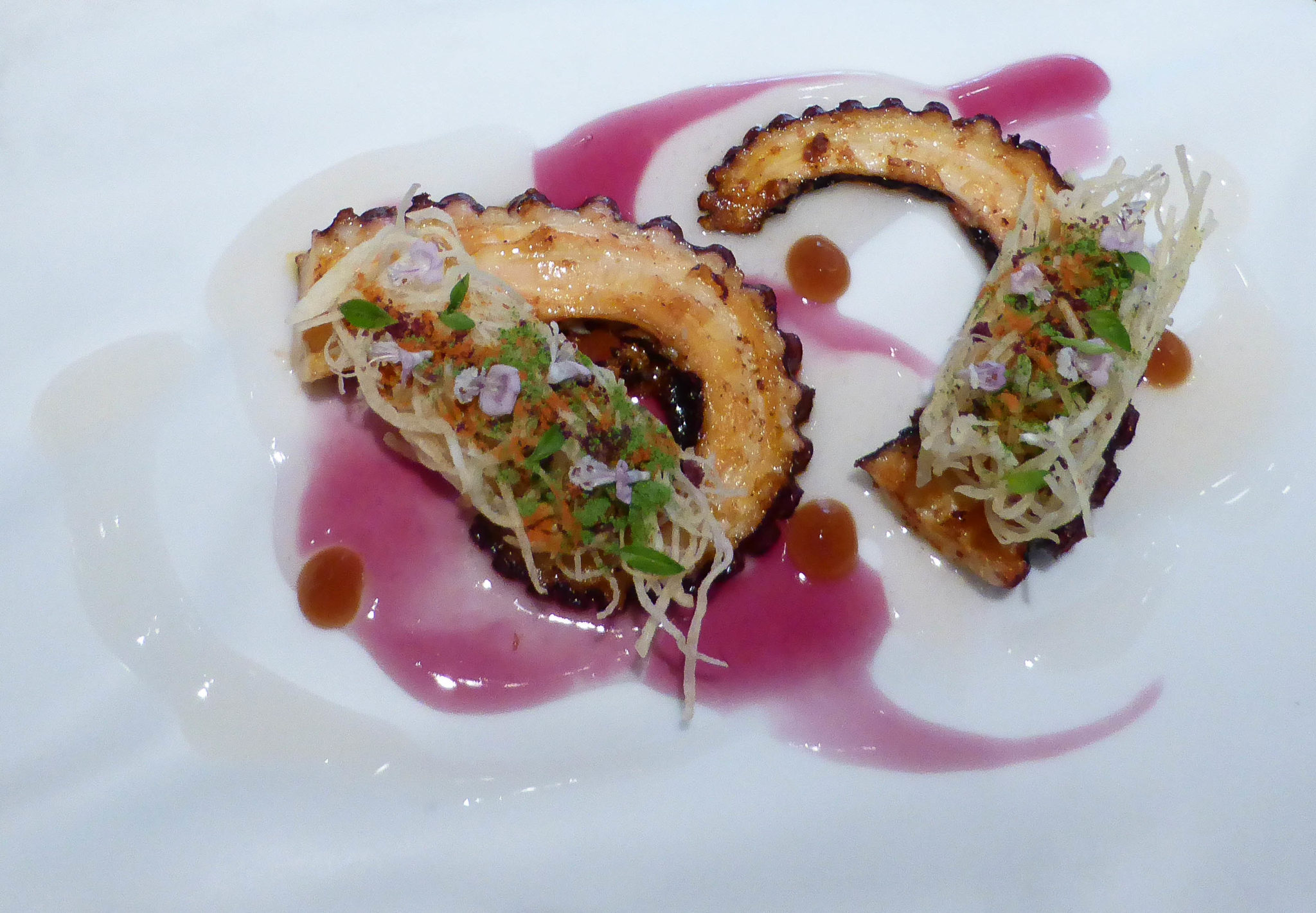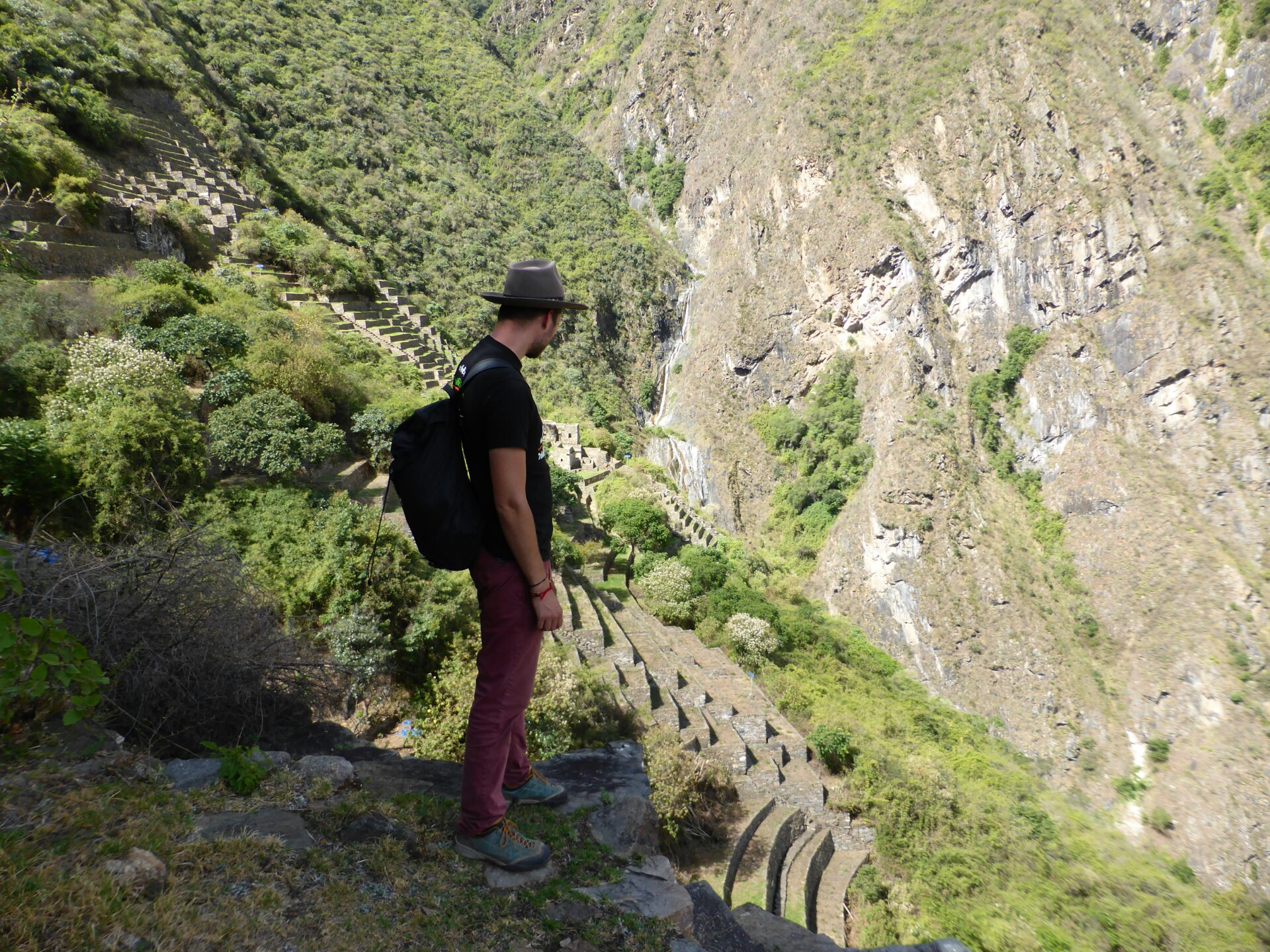After the decision to leave everything and go travelling comes the most difficult part: what should you take with you? You start reading and buying all this fancy, new stuff but is it really worth it?
We had the same problem, we also didn’t know what to take and we had no idea if what we decided to bring would be handy or not. But now we know… let’s go through our list of handy, useless, and missed stuff
Top handy:
- Powerbank
We got it as a gift actually and didn’t know that it is such a life saver! We use it all the time. Our powerbank can charge a mobile phone four times and it has a light. It’s also not too scared of water which helps. Check out our powerbank the Sandberg IP54. 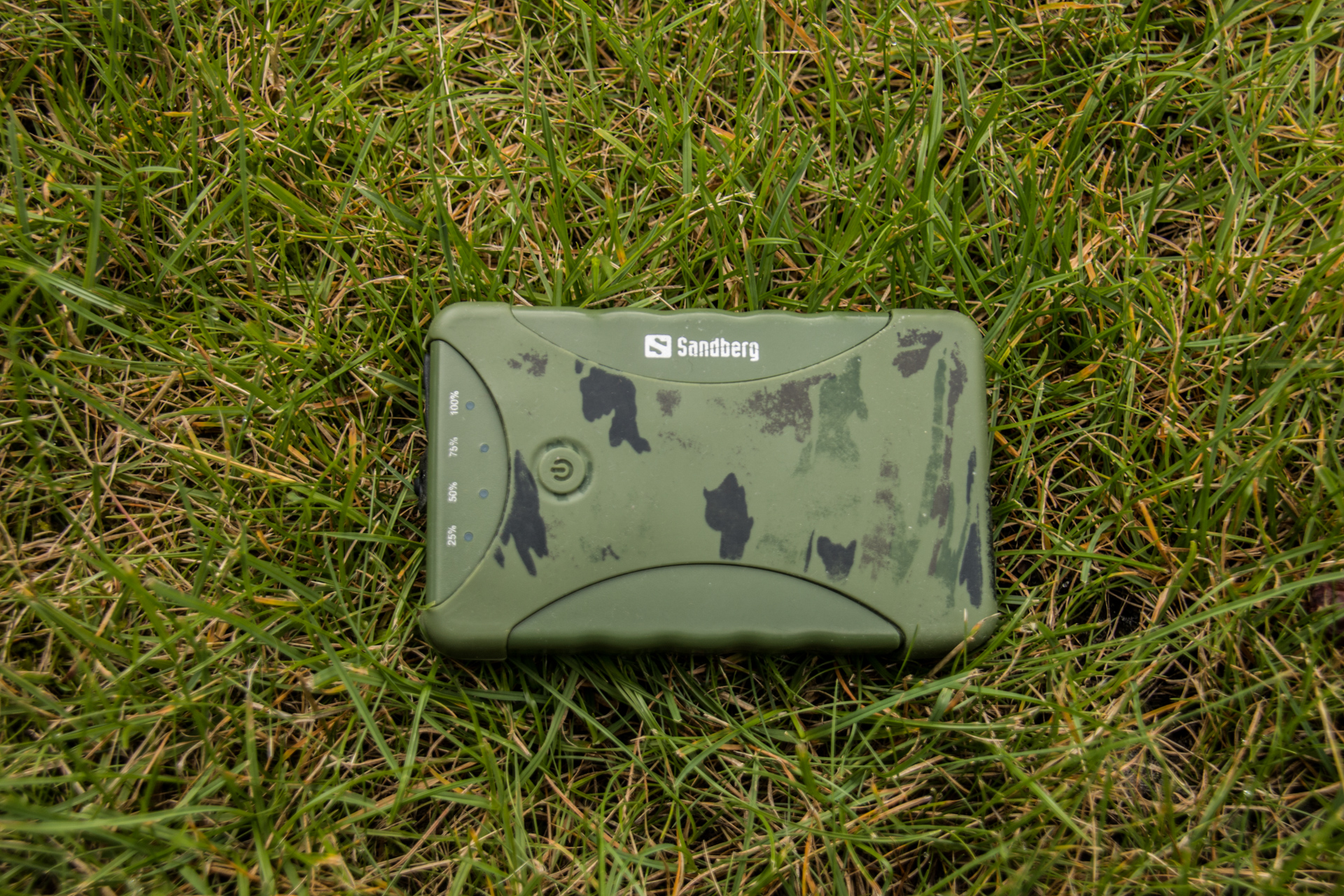
- Backpacks
Without it there is no backpacking. The most important thing is that it’s not too big because when it is you will pack it full before you notice and then you will have to drag way more kilos than necessary! Another feature that is really handy for your big backpack is that it opens like a suitcase as well as from above.
Initially we took two 38 L BACH backpacks and a tiny itsy bitsy BACH. All three of them are still with us and serve us very well. Later on we bought two additional backpacks but about those you will read futher below:)
- Washing kit (line, universal sink plug and soap)
Another great gift we got! We didn’t even realize that we wouldn’t be able to just leave our dirty clothes by some laundry place or that in so many places it would be so expensive. It saved us from stinking so many times!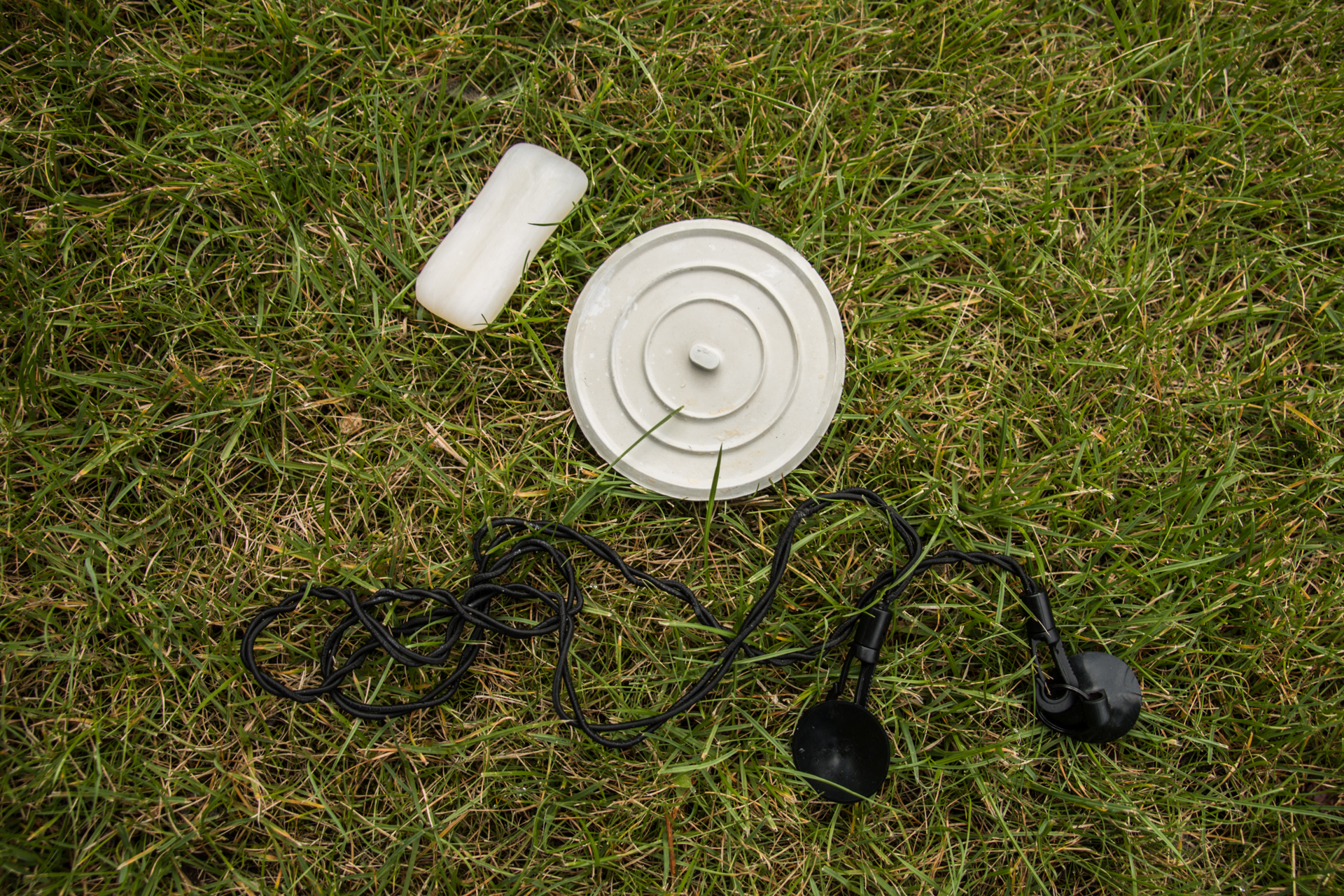
- Shoes
It’s very important to have good ones just because they should be your only ones if you want to travel light. We both trusted Scarpa and never regretted it. They are perfect for hiking, walking around cities and surviving rain. They are also not too ugly. They are our only footwear on the road except for flip-flops.
- Headlamp
You would think a torch or just a lamp in your phone would fix the problem but nope. Sometimes you really need your hands and that's when a headlamp is perfect.
- Sowing kit
When your clothes break (and they will!) you will need it. We used it soooo many times.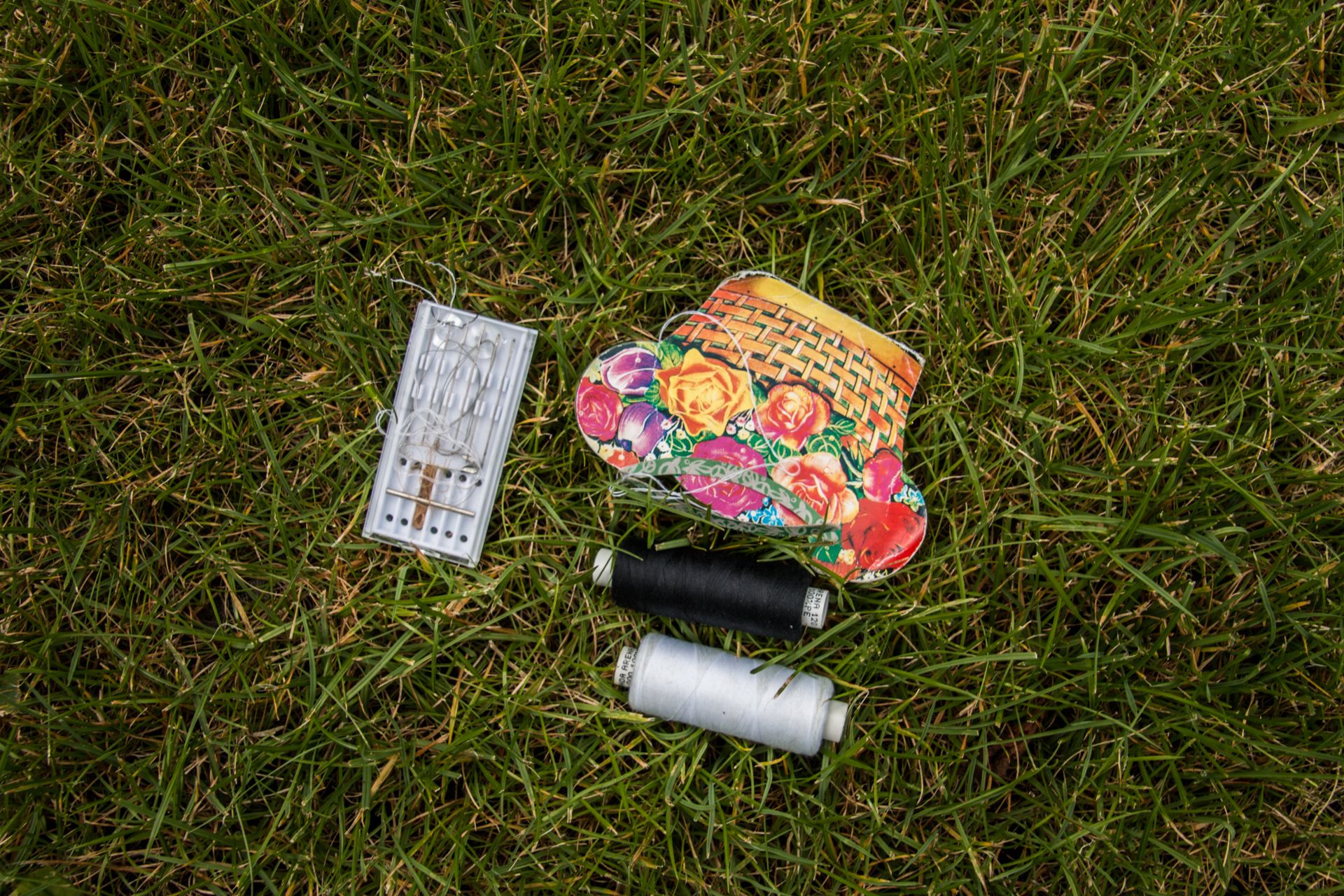
- Earplugs
Without those be prepared for many sleepless nights. There is always at least one snorer or drunk in the dorm!
- Microfiber towels
They are horrible, they give you this weird feeling that you don’t get dry. Everywhere we could, we tried to use a normal towel but it doesn’t change the fact that the microfiber ones dry way faster than the normal ones and they occupy way less space.
- Layered clothing
A key to pack clothes is to bring lots of layers so that you can still use seperate things depending on the weather. We each brought an underlayer, t-shirts, a fleece and a rain jacket. With all these layers we managed to survive in Patagonia in the beginning of the winter.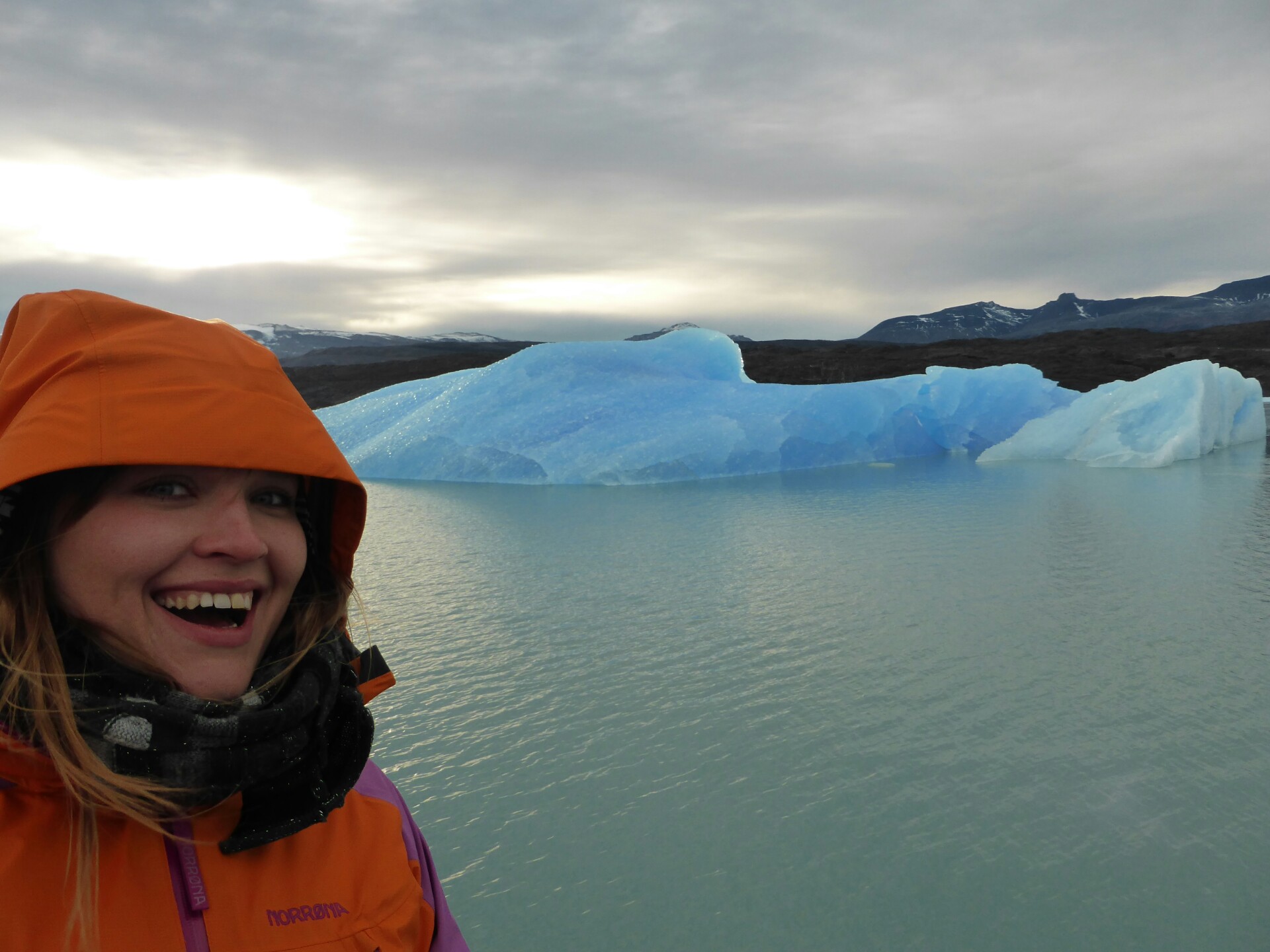
- Headphones
There is nothing more uncomfortable when the whole hostel hears your skype conversation. Headphones give you privacy and the right to listen to some music and watch a movie when everyone is sleeping
- E-reader
I personally love the smell of books, I like holding them, seeing how much I read but… they are heavy. When you want to have many books and some guide books it’s better to invest in an e-reader. P.S. E-books are also cheaper and you save a few trees- that’s what I tell myself to cheer myself up when missing a real book:)
- Hard drive
We take pictures almost every day and not every day we have internet to upload them. Besides uploading takes ages. So to have a backup we always have a hard drive.
- Universal plug adapter
Unless you are in the middle of a forest and you want to just enjoy the nature without any electronics...
- That little something for a special occasion
Every now and then it's amazing to put something on that doesn't have stains and holes. It doesn't have to be fancy but a shirt for a guy or a dress for a girl would be great. Believe me, there are times when you don't want to feel like a hobo!
Things we missed and bought along the way:
- Good camera
Before we were traveling with two pocket size cameras- one underwater as we love diving and one normal compact camera. After some time of taking pictures every single day we missed something better. We had more and more the feeling that we couldn't capture what we were seeing so we went for the real deal and bought our precious Canon... and some lenses:)
- Other backpacks
For our camera we needed a separate backpack so we bought an amazing Lowpro one. It's absolutely perfect, it fits not only the camera but also the lenses and it has quite a big space for some food, water and whatever you want. It's also very safe because the openning of the compartment where the camera is, is at the back so when you have it on you can't even see it's a camera backpack.
Except for the camera backpack we also bought just a standard north face day pack. Our itsy bitsy was just really uncomfortable when taking big weight.
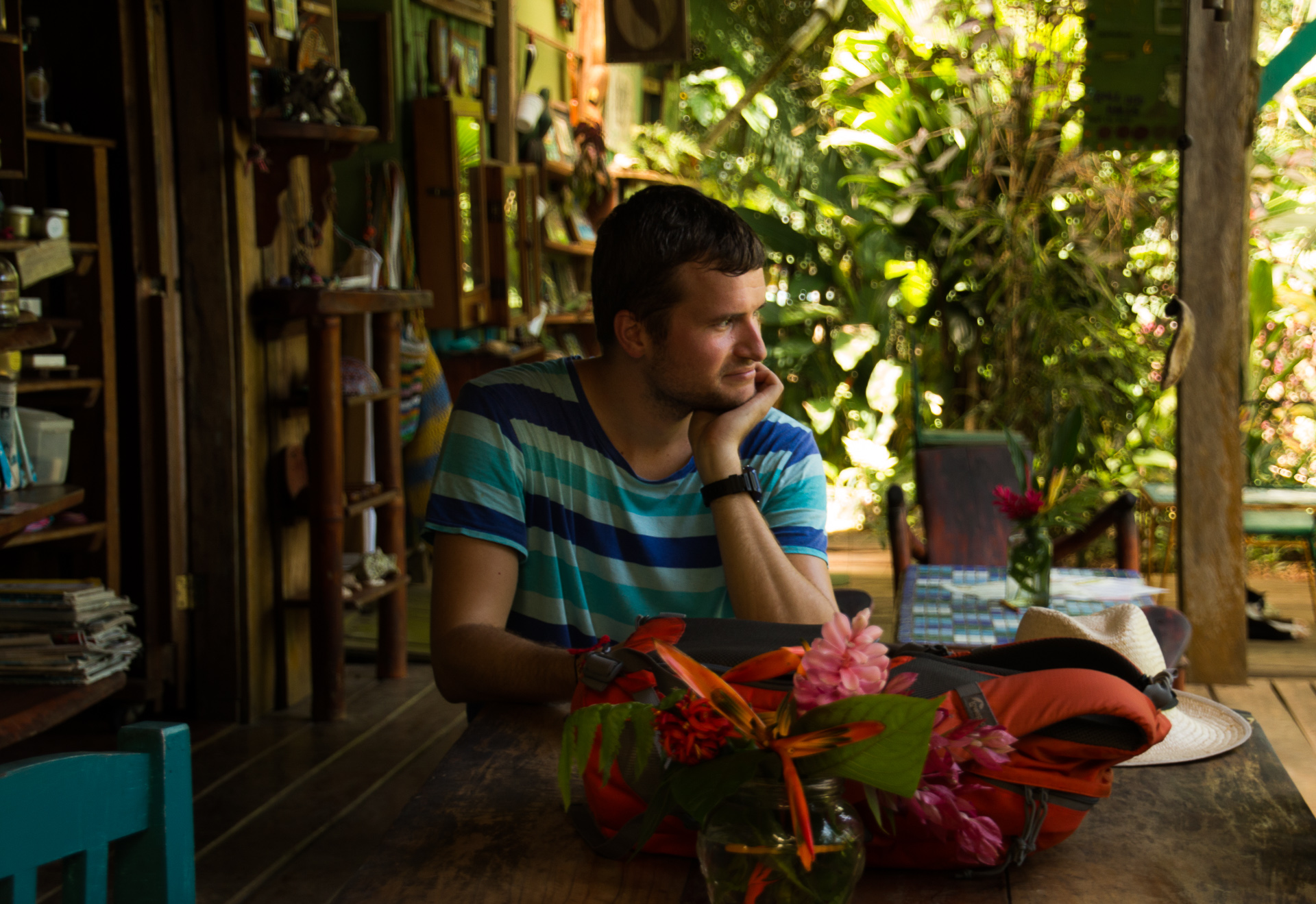
- Laptop
We though we would manage only with our smartphones and an old tablet but no way! To mantain the blog and work on our pictures we bought a very simple and light laptop.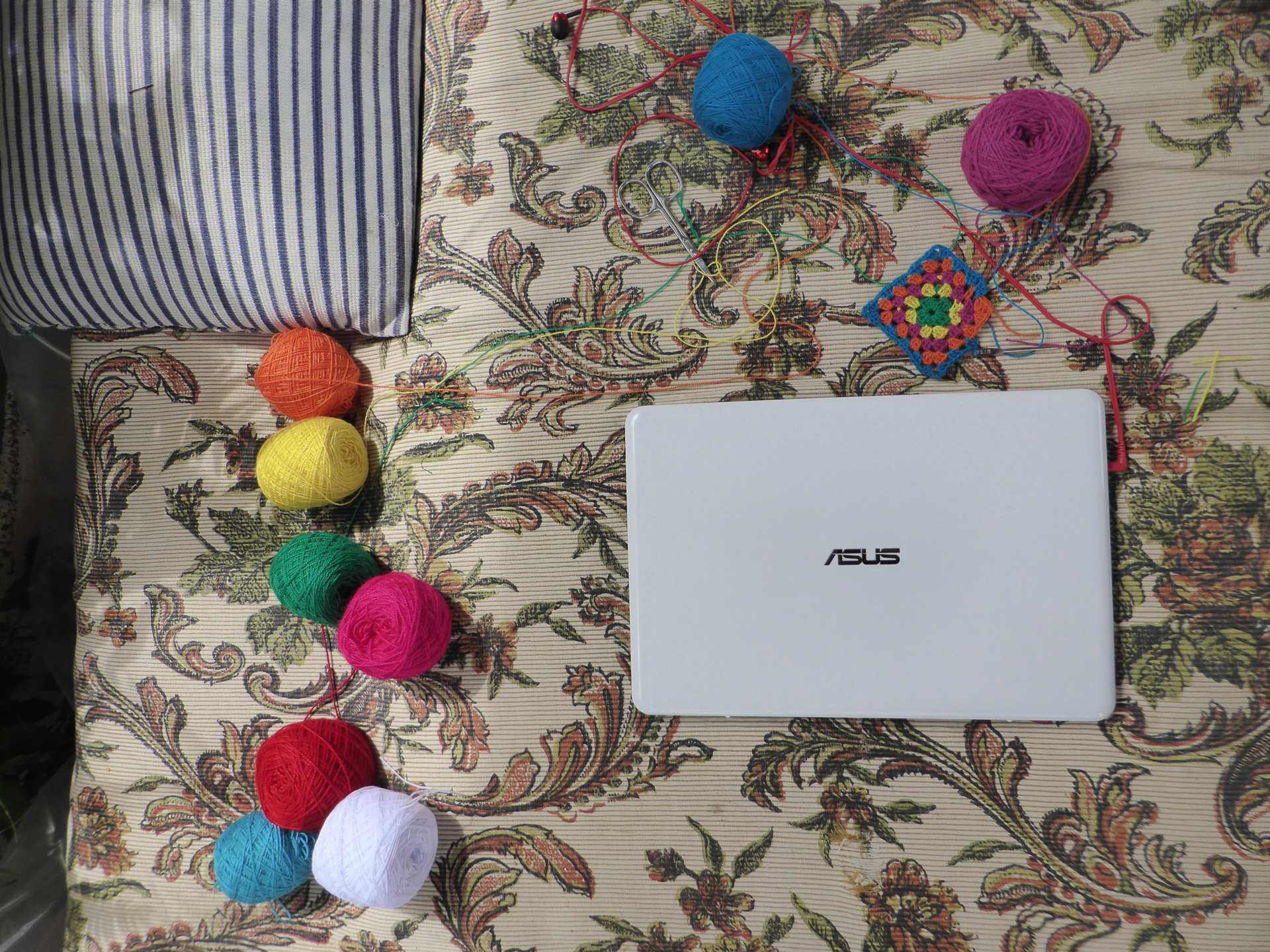
Things we took and were useless:
- Merino wool socks
So we took two pairs of socks each because we were told that those wouldn’t stink and were unbelievable for hiking. We wore them at home for one week straight and they were great but during the trip they were a total miss, they stunk like normal socks do and they were not as special as you would expect from 20 euros a pair.
- Sheets
We read it would be super dirty in hostels and we would need to use our own sheets. That was not true except for the Amazon and The Lost City in Colombia. Except for that they were useless. Although we will give them another chance when going to Asia.
- Money belts
Absolutely useless really. We wore them maybe twice and they were extremely uncomfortable, not to mention that after two times they stunk like sweat. We never regretted not wearing them. We never had any unsafe situation and no one ever robbed us. Well maybe except for a dirty pair of panties that got mysteriously stolen from me.
- Medication
We were prepared for everything starting from bladder infection to malaria and guess what … we didn’t use most of it and we had to drag it around. We only used diarrhea related stuff and that’s what we’re gonna bring to Asia. If something happens there are pharmacies everywhere.
Stuff we missed and will buy:
- Speaker
When we finally had a private room and wanted to watch a movie we had to wear headphones cuz we couldn’t hear a thing. Going to Asia we will definitely take a speaker to enjoy our private cinema.
Hopefully the list helped you a bit. Don't get too frustrated packing! Keep the goal in your head:) Something for motivation below:)
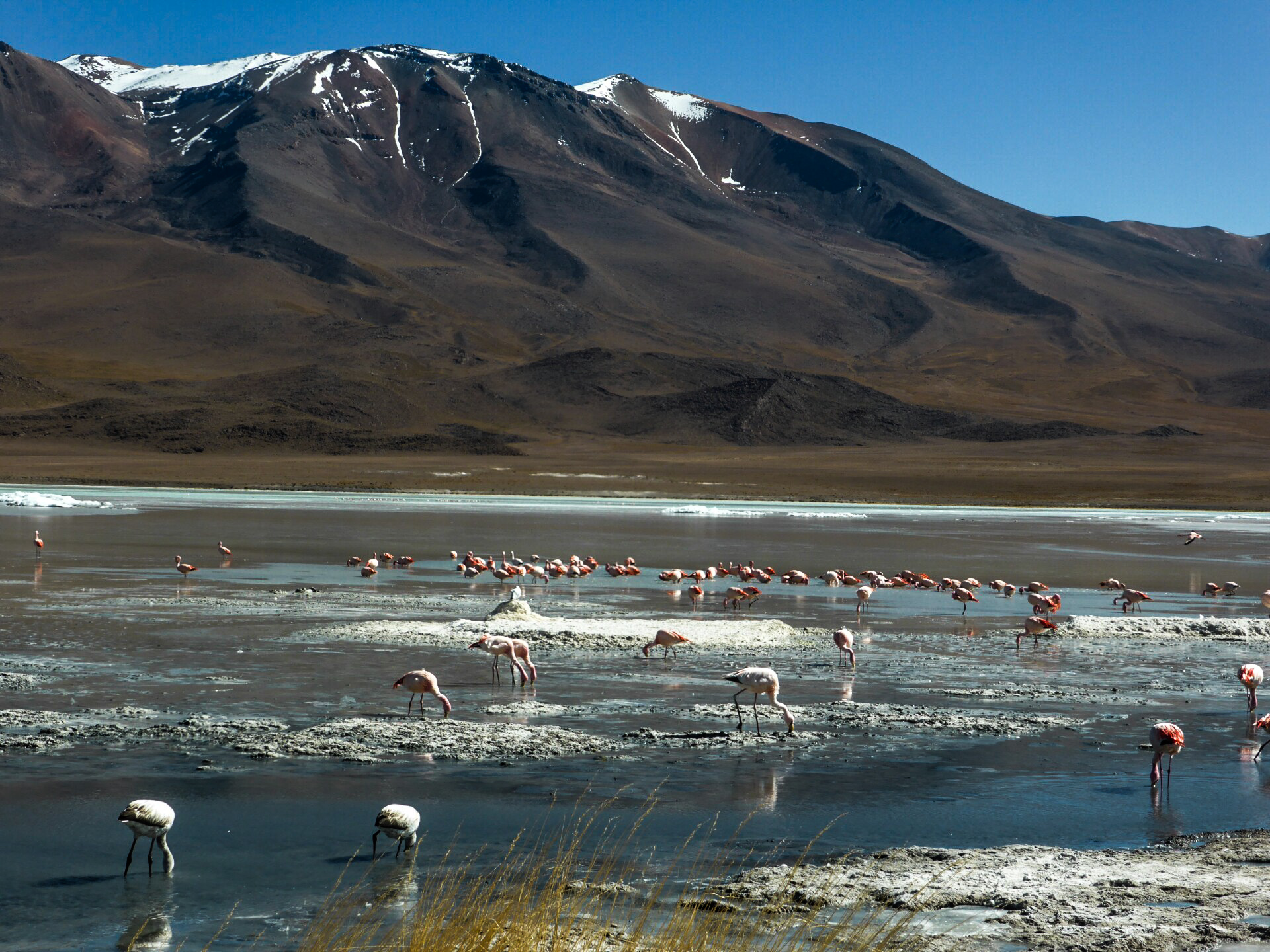



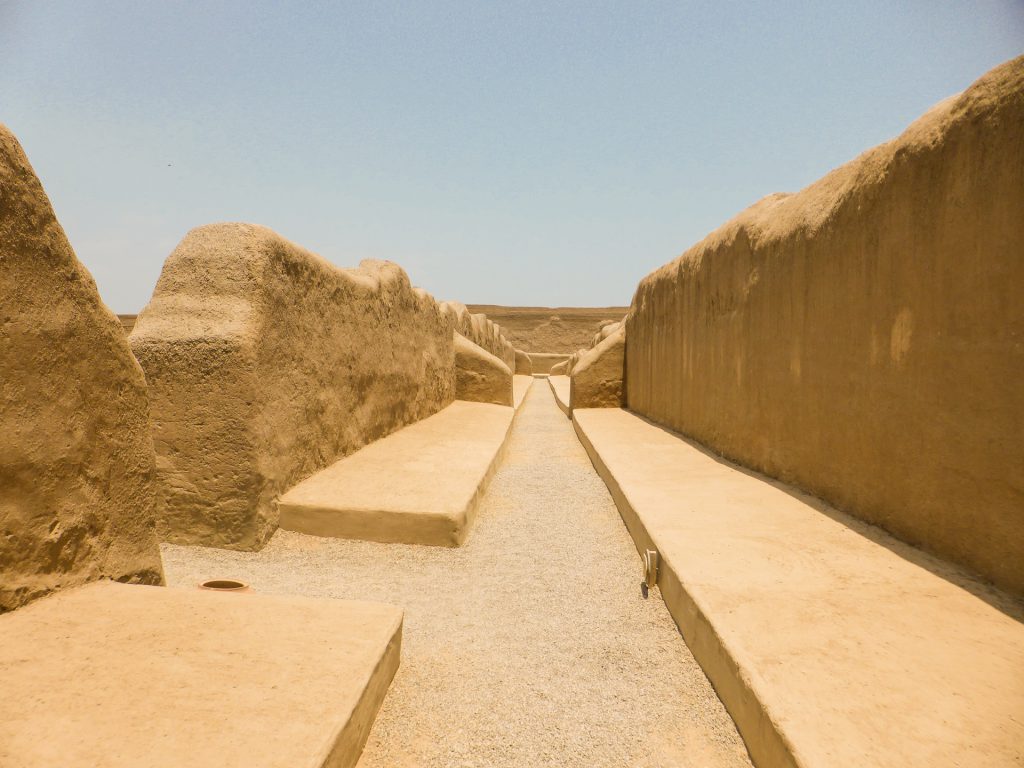
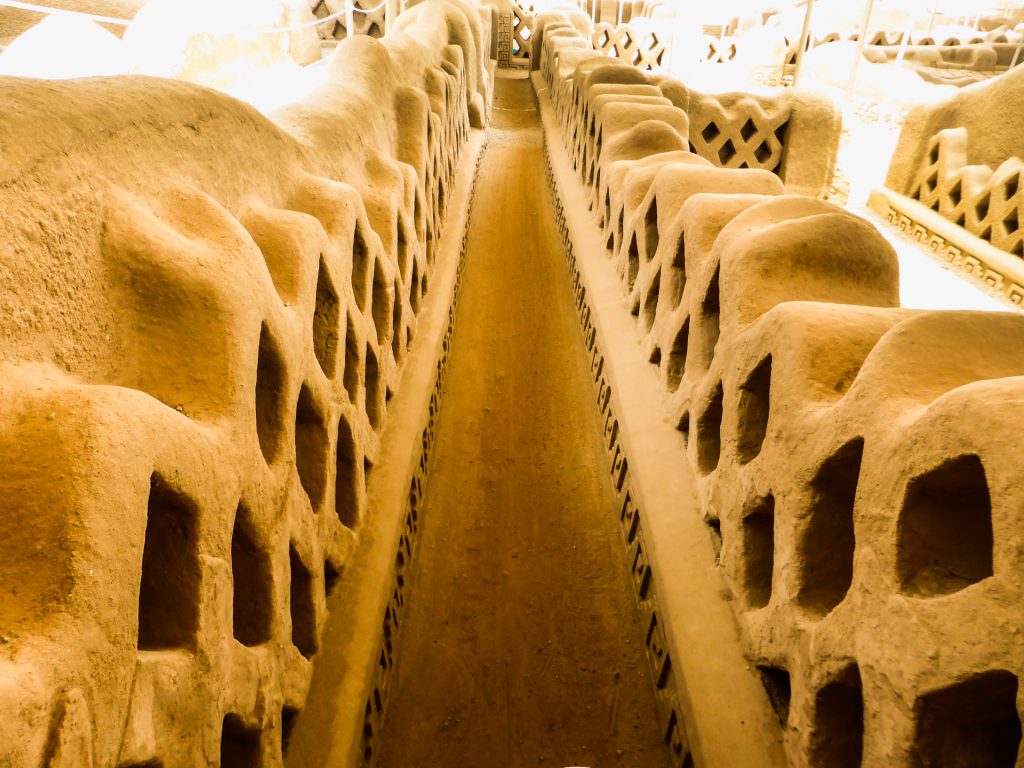
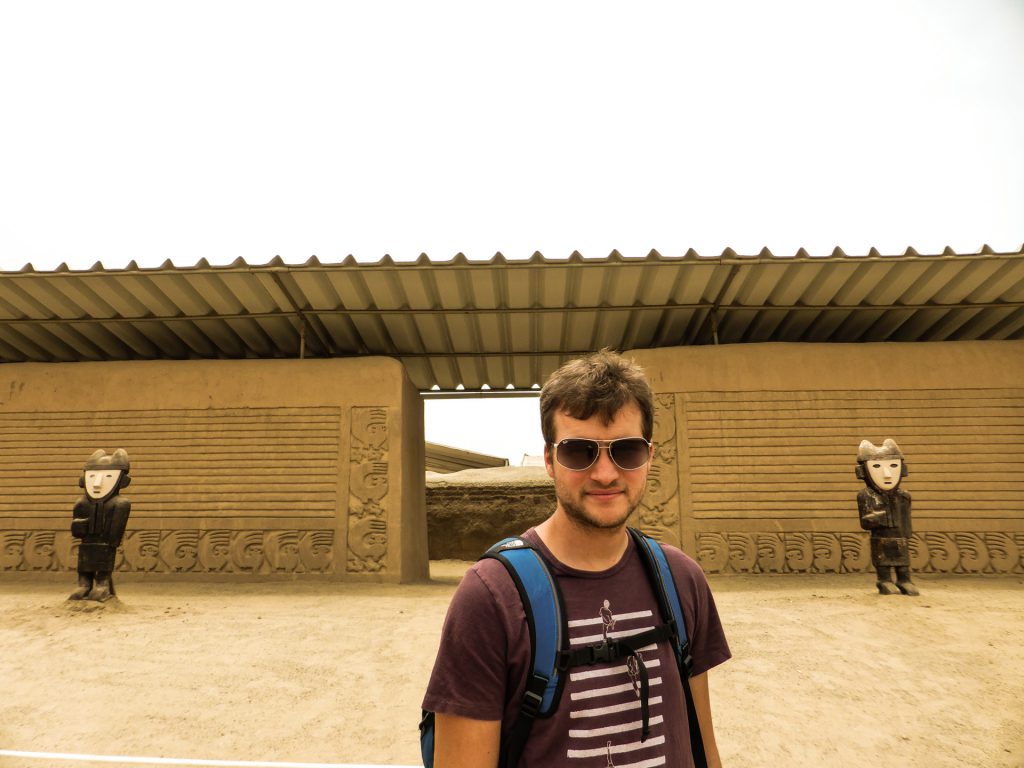
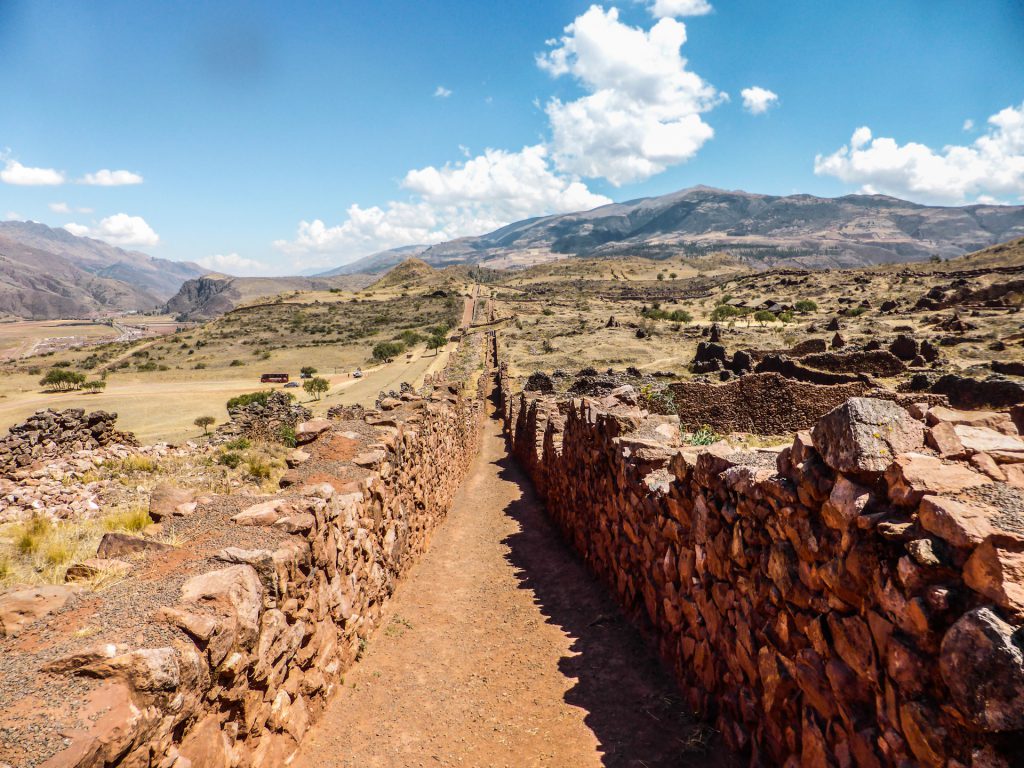
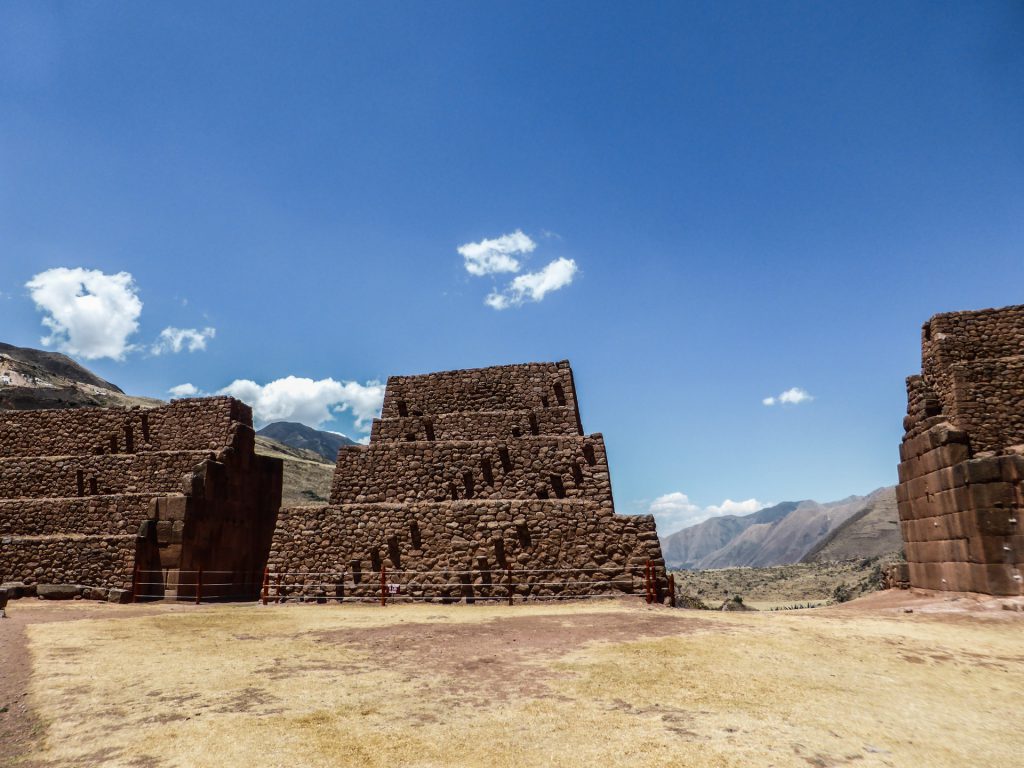
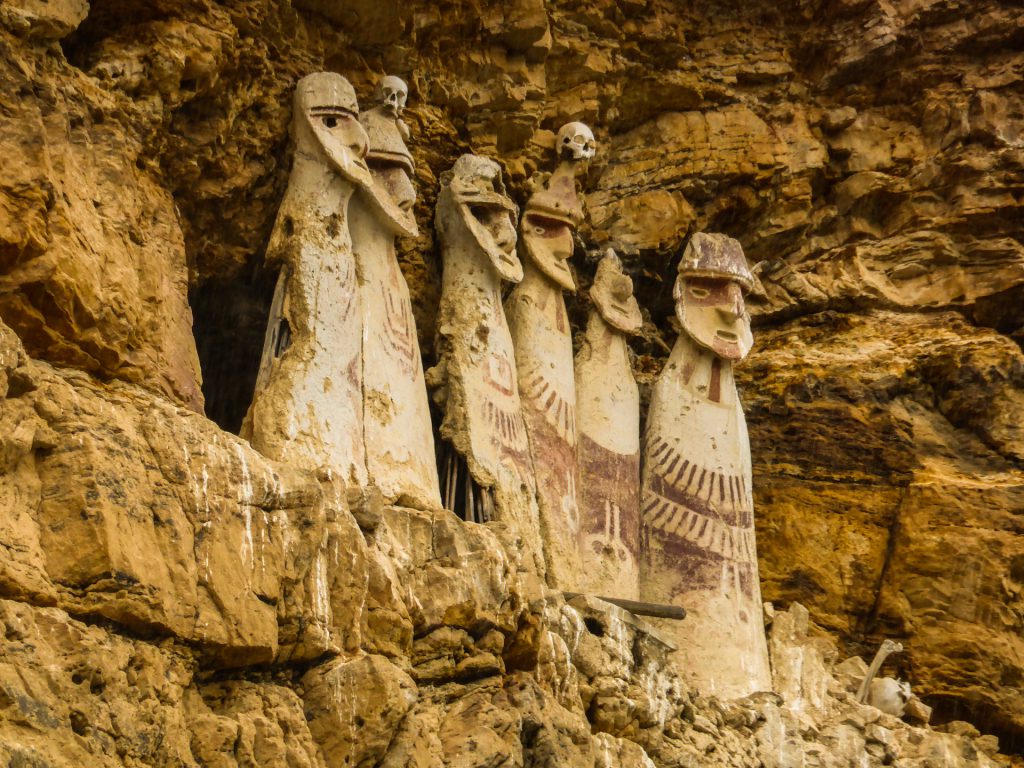
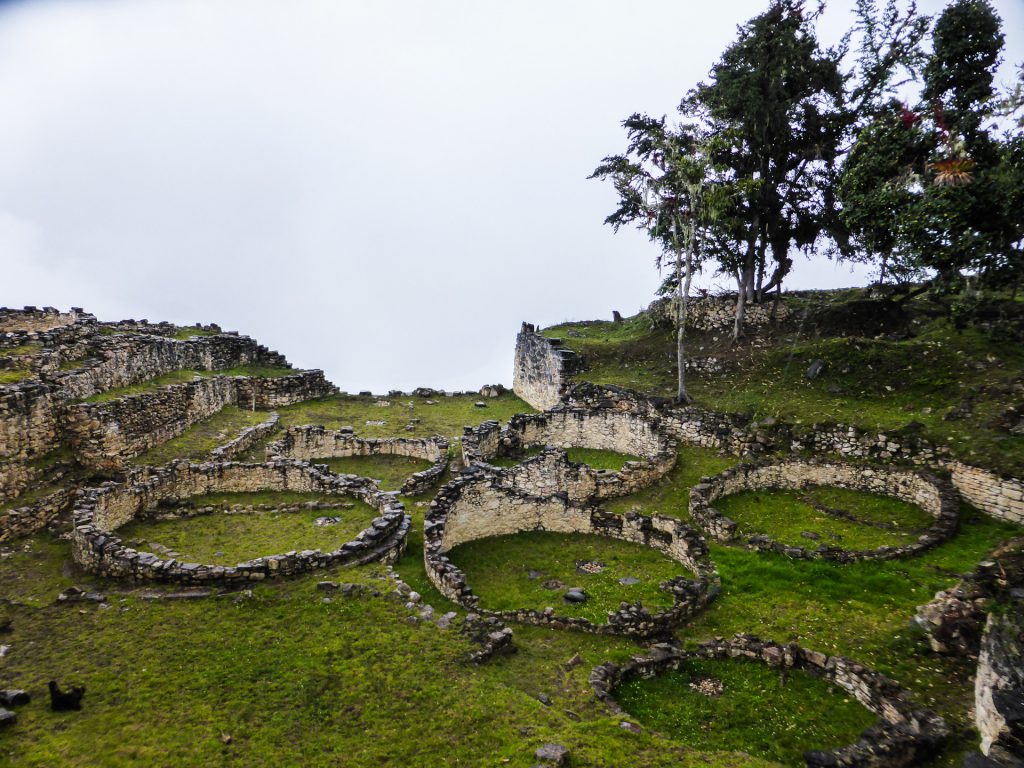
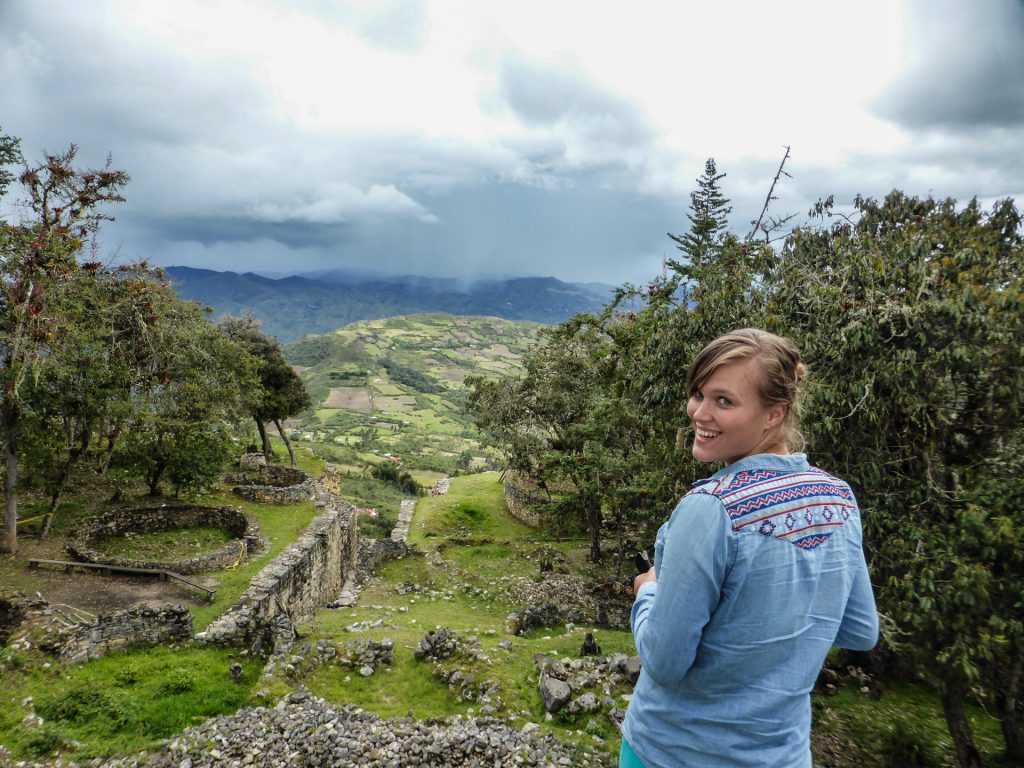
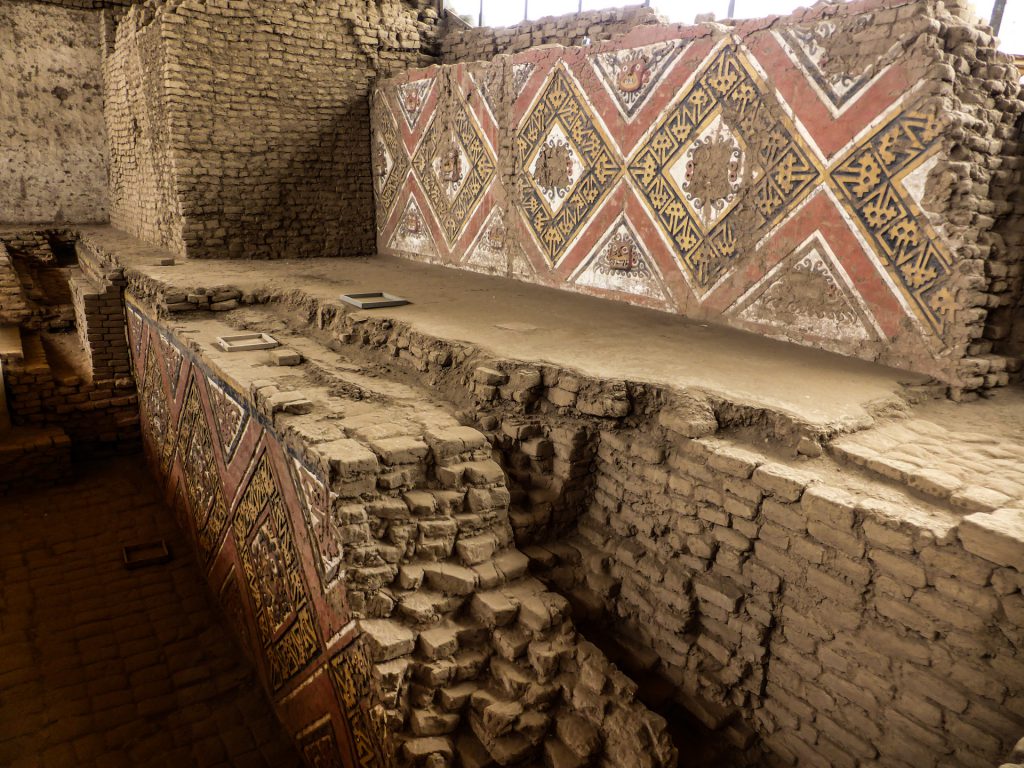
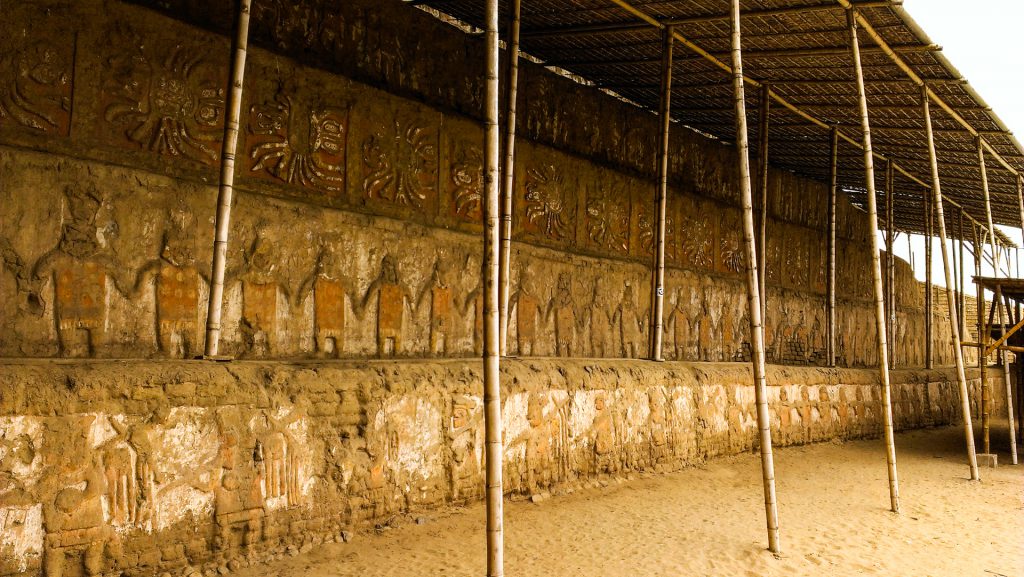
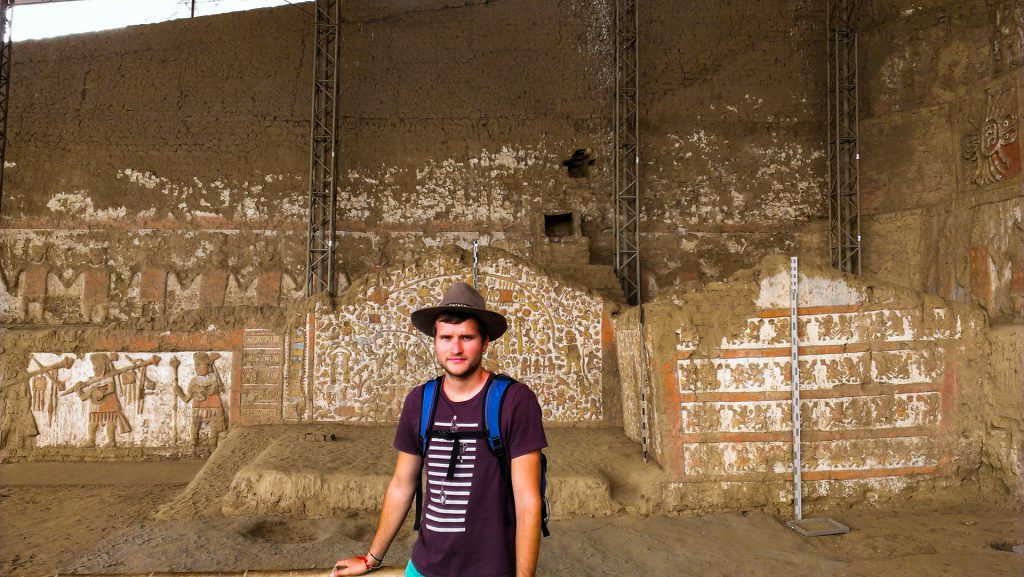






 There were bags with content flying everywhere. Even a special vomit master appeared to take care of the content and make sure new bags were ready so that no other passenger was endangered by the flying liquids. And like that for 4h. All worth it. The island was what I had in mind thinking about paradise. Unbelievable sea, shades of blue, food, architecture and polish vodka on the shelves of the shops (!). Thank god there is even one hostel on the island otherwise we would need to sleep on the beach which could be painful as there are sooooo many crabs walking at night. Actually the island closes their roads twice a year for a crab migration. Basically first they have to close the roads because of black crabs coming from the mountains to lay their eggs and later when the little crabs come out they have to close them again to make sure they can go safely to the mountains.
There were bags with content flying everywhere. Even a special vomit master appeared to take care of the content and make sure new bags were ready so that no other passenger was endangered by the flying liquids. And like that for 4h. All worth it. The island was what I had in mind thinking about paradise. Unbelievable sea, shades of blue, food, architecture and polish vodka on the shelves of the shops (!). Thank god there is even one hostel on the island otherwise we would need to sleep on the beach which could be painful as there are sooooo many crabs walking at night. Actually the island closes their roads twice a year for a crab migration. Basically first they have to close the roads because of black crabs coming from the mountains to lay their eggs and later when the little crabs come out they have to close them again to make sure they can go safely to the mountains.